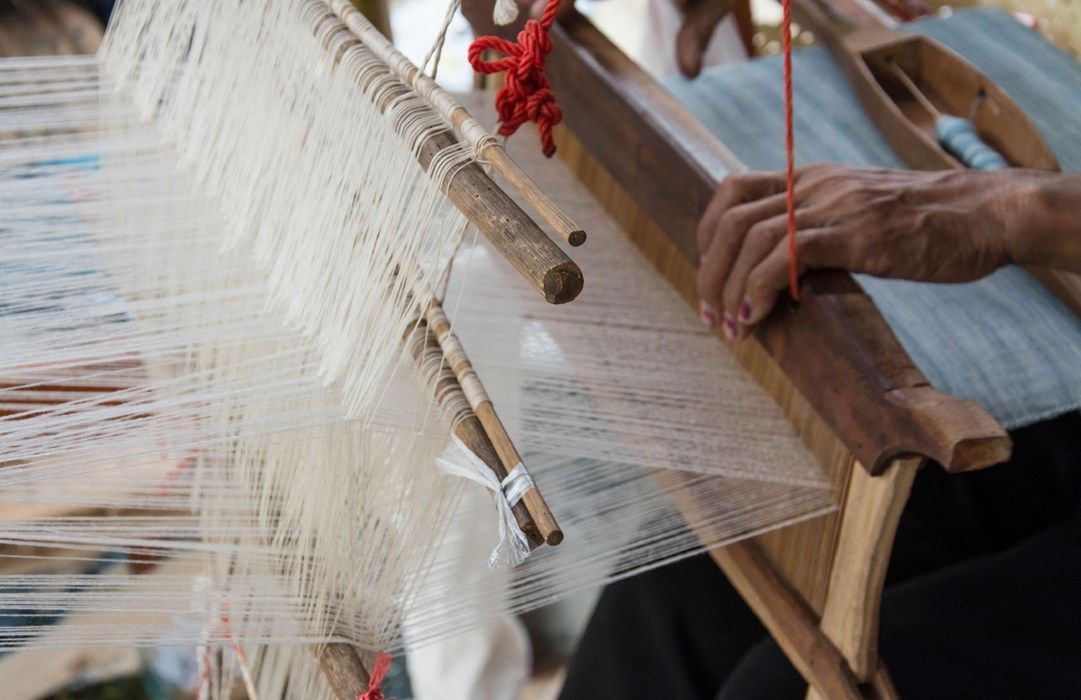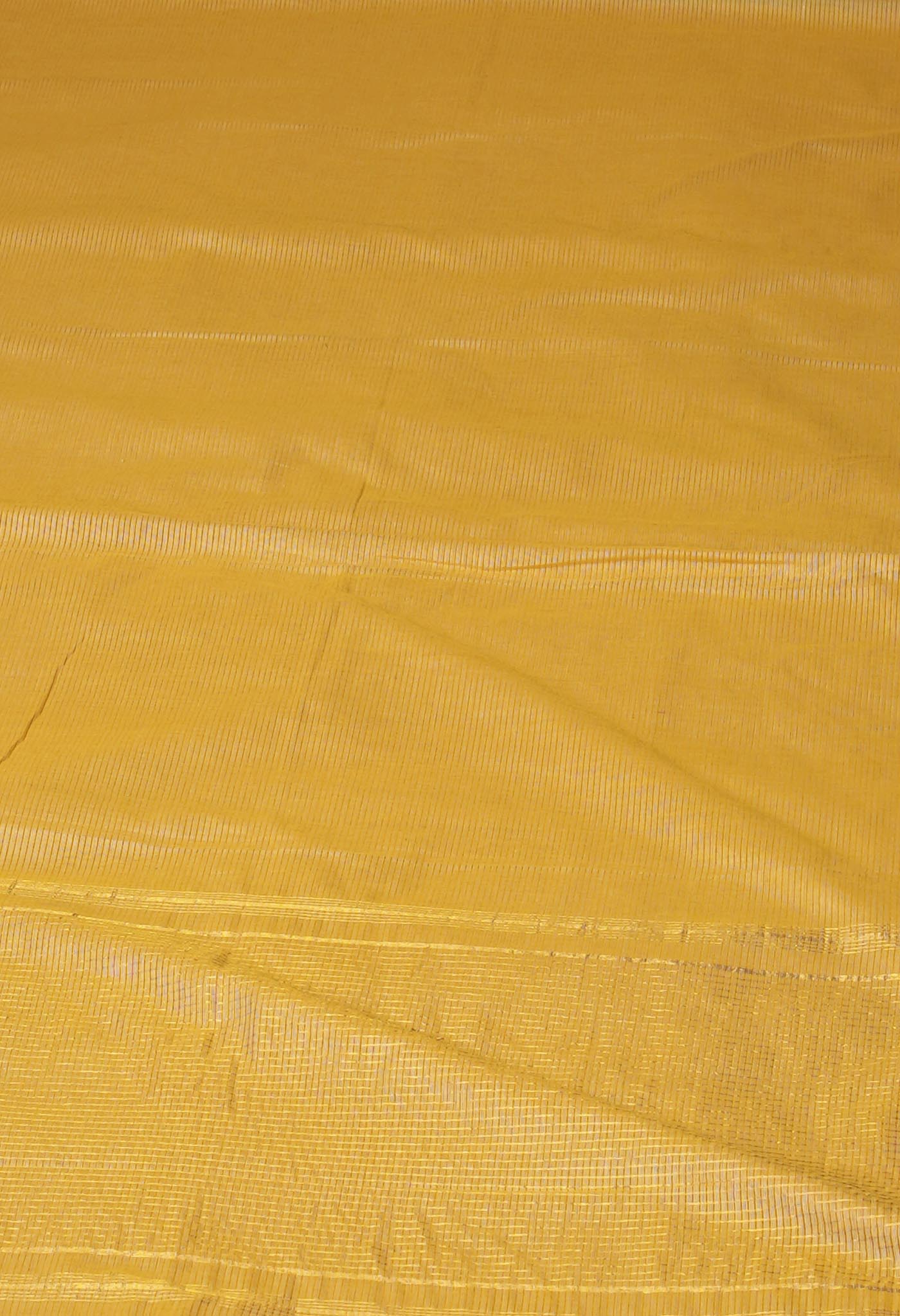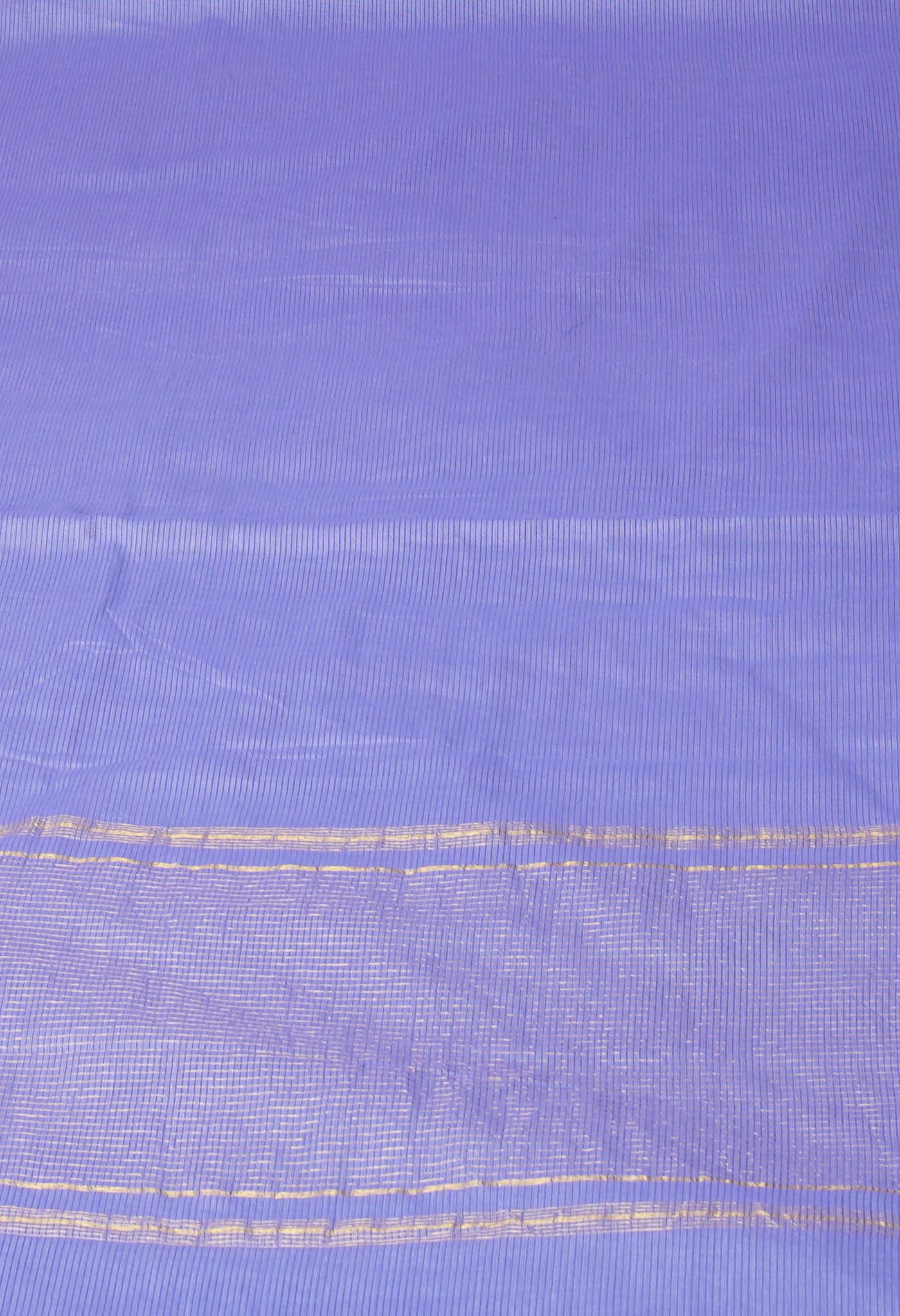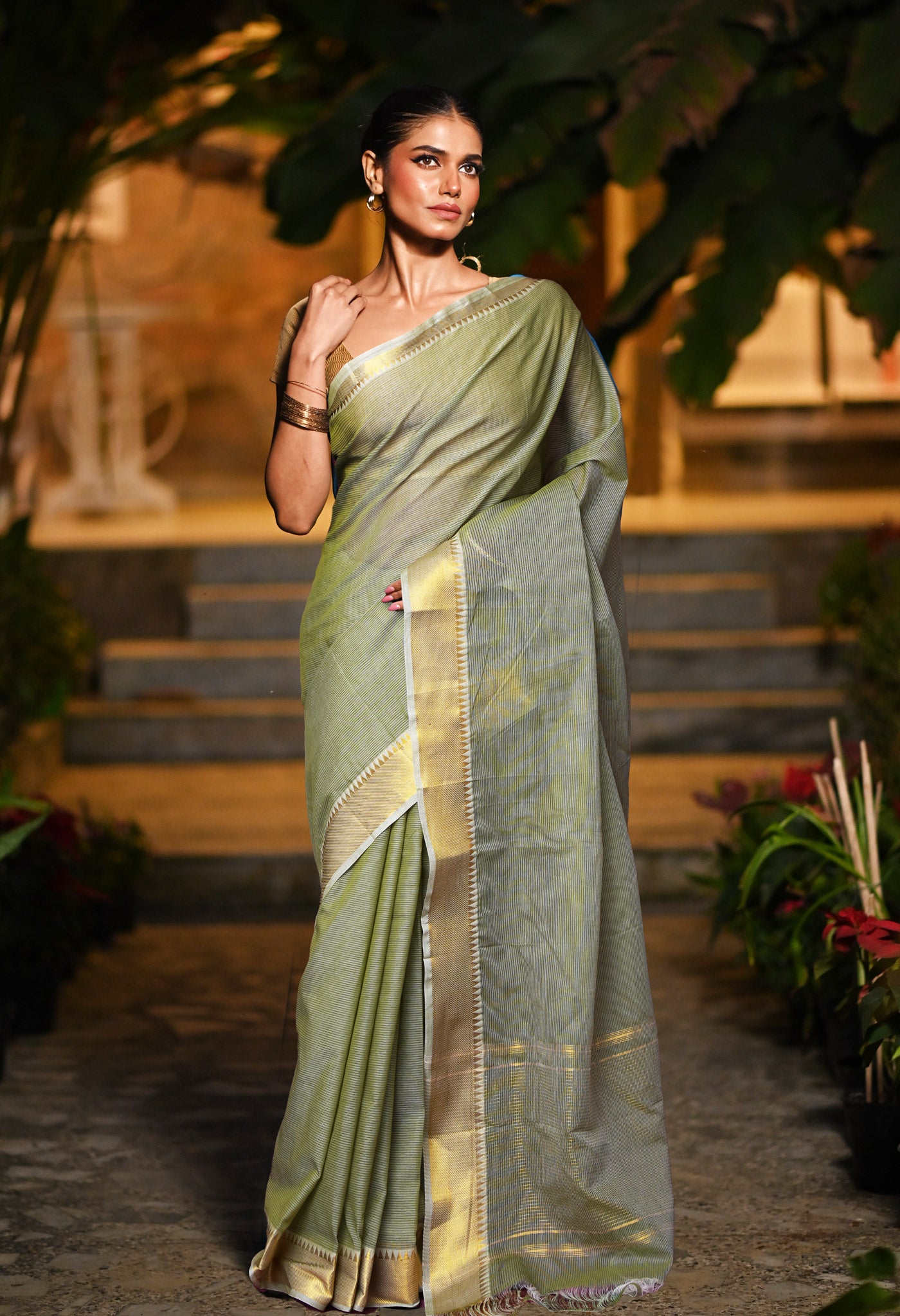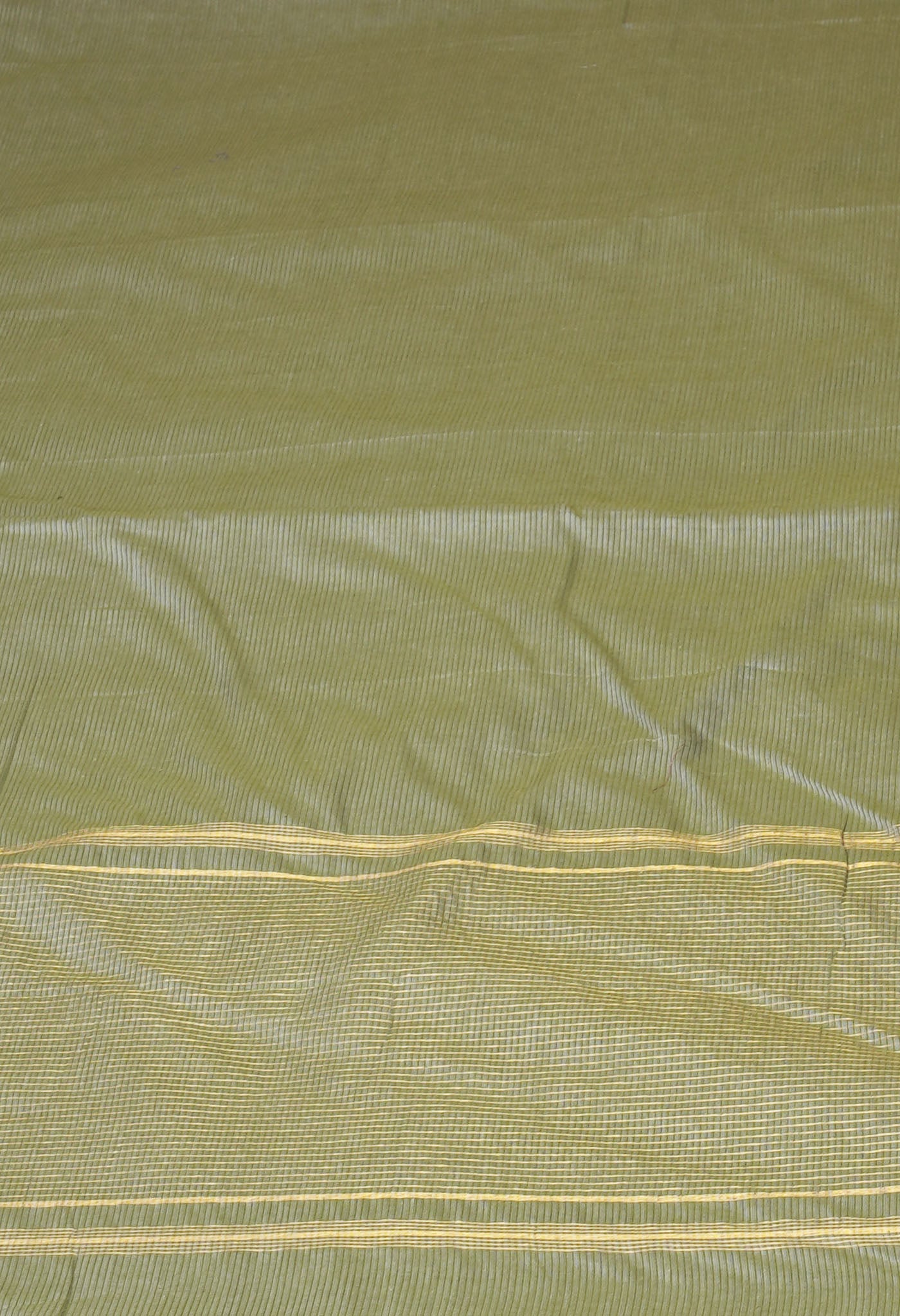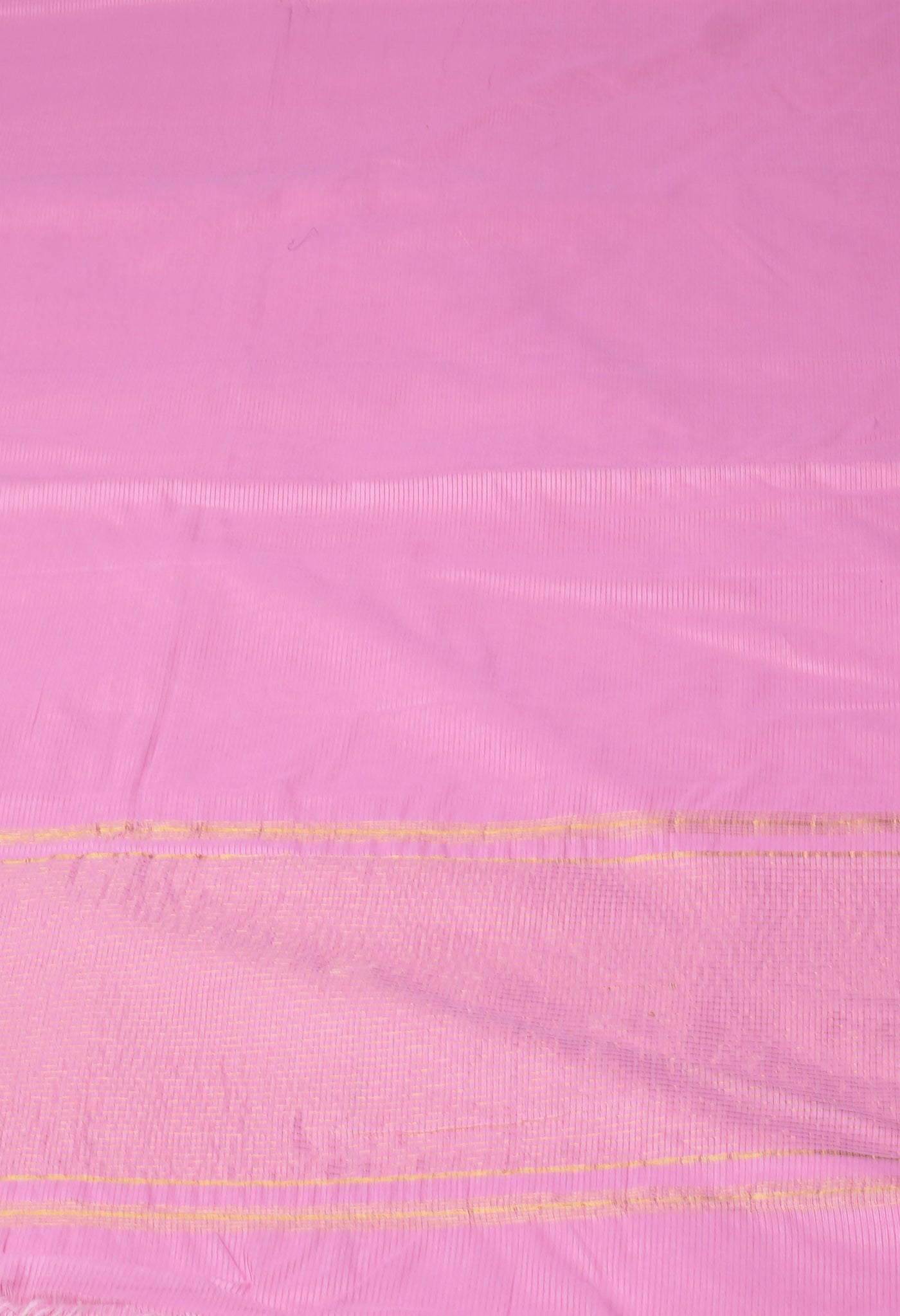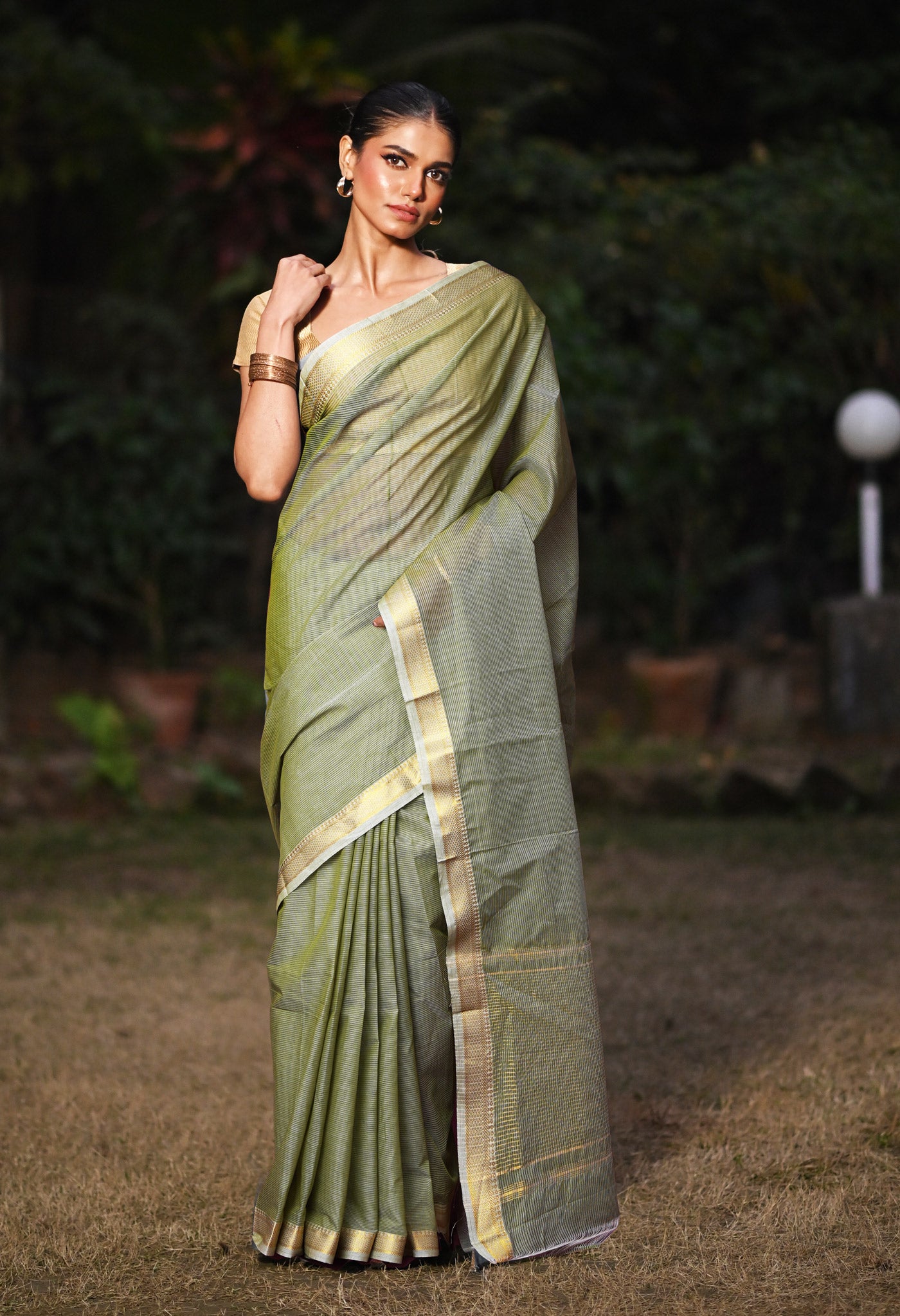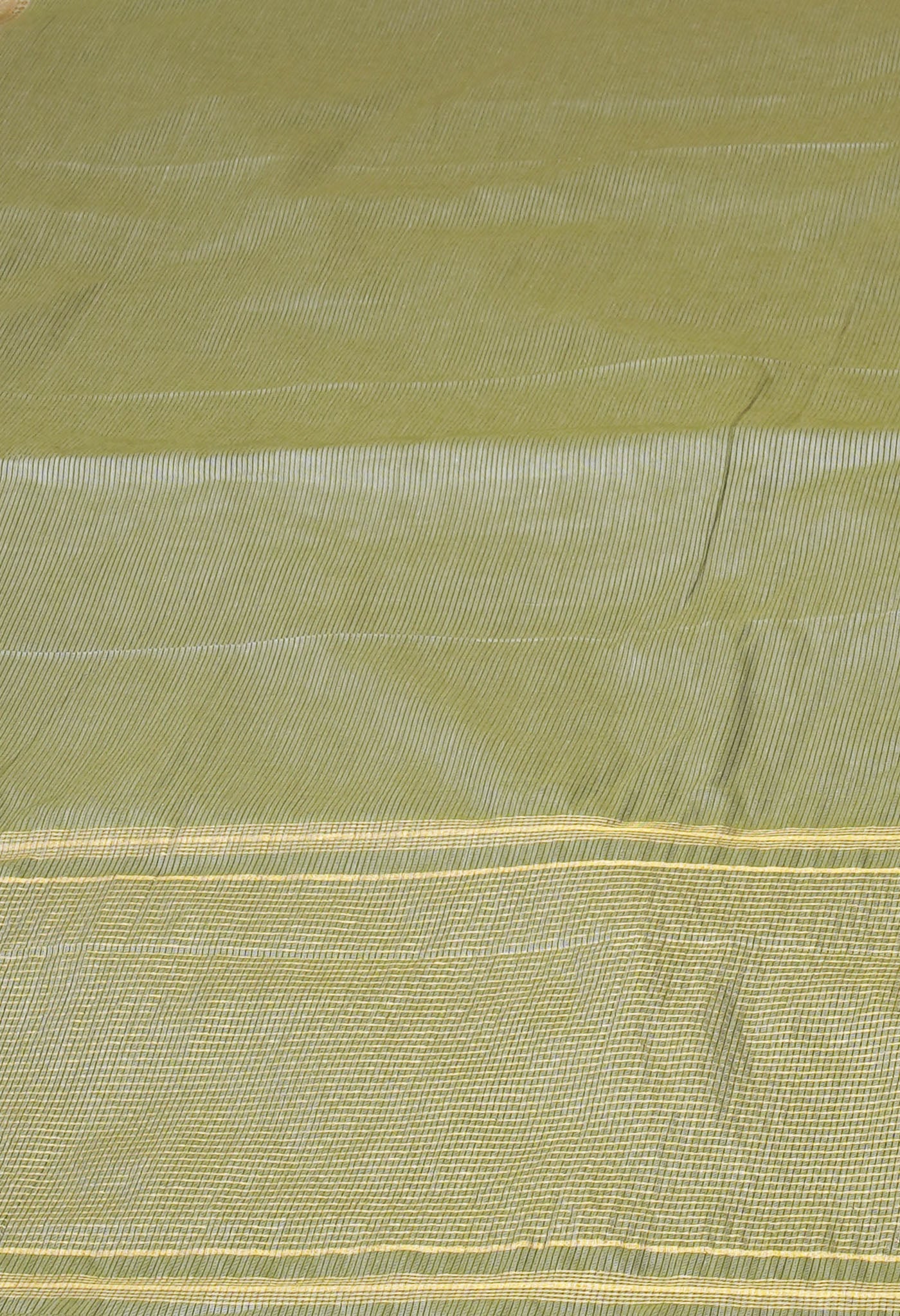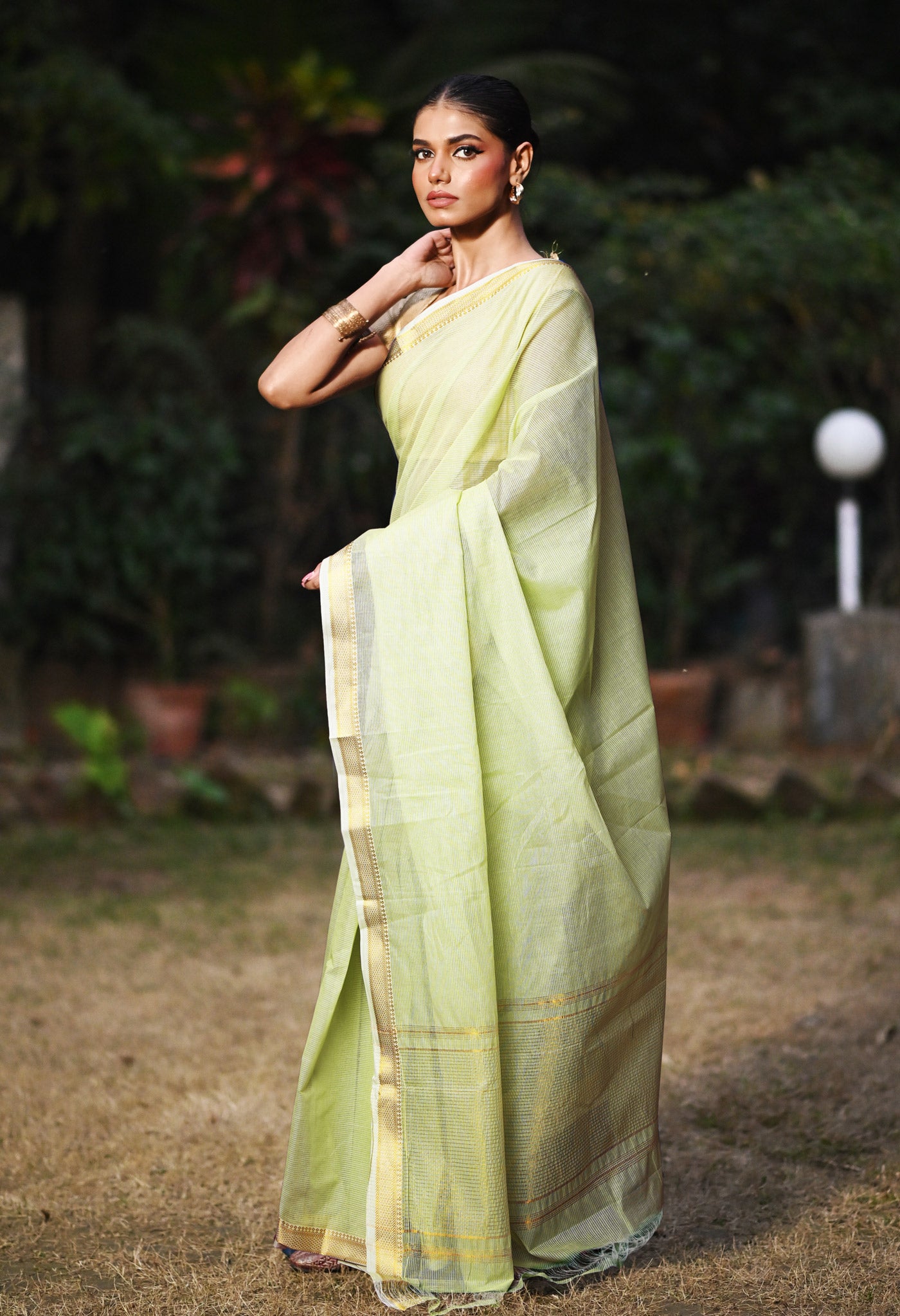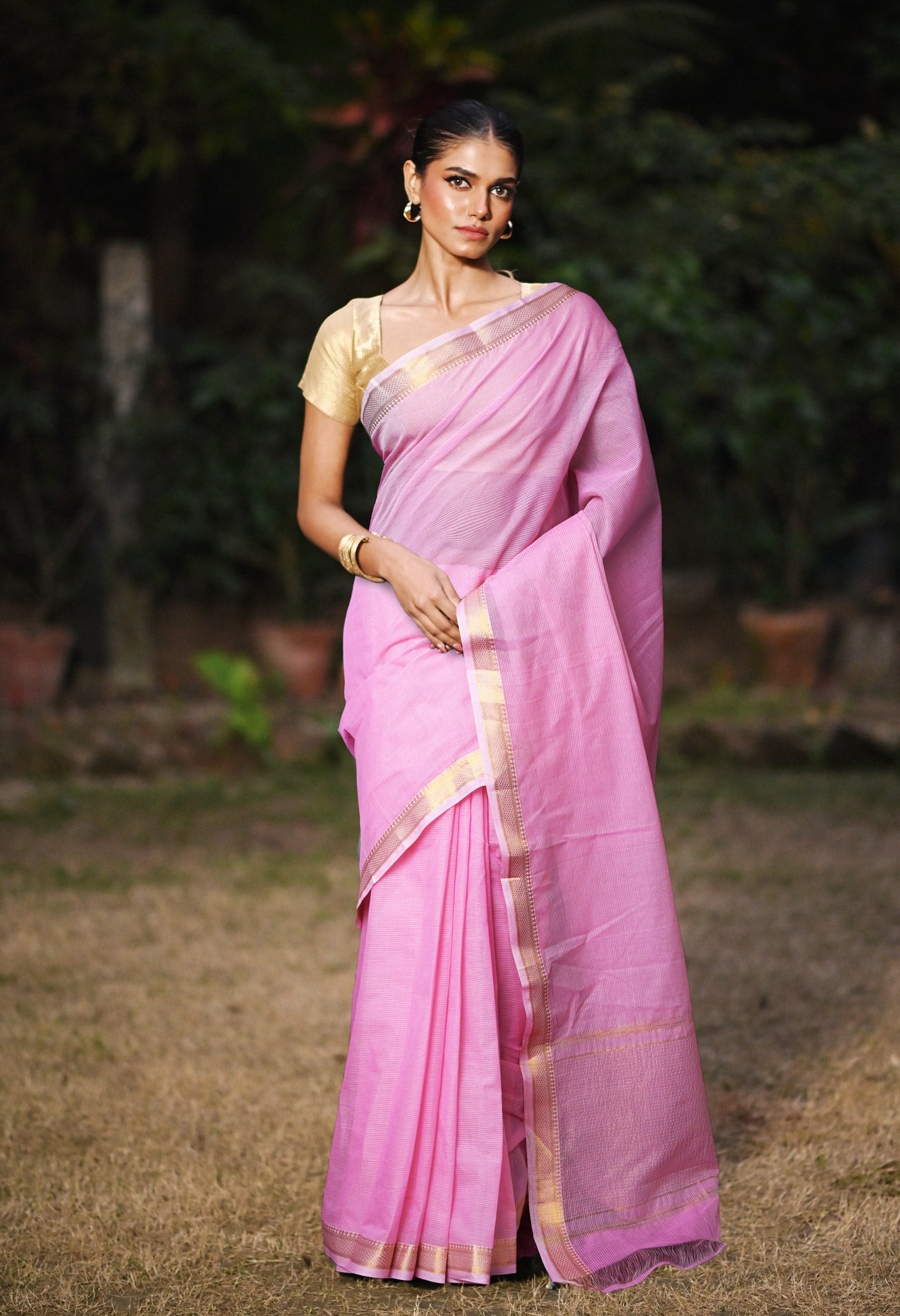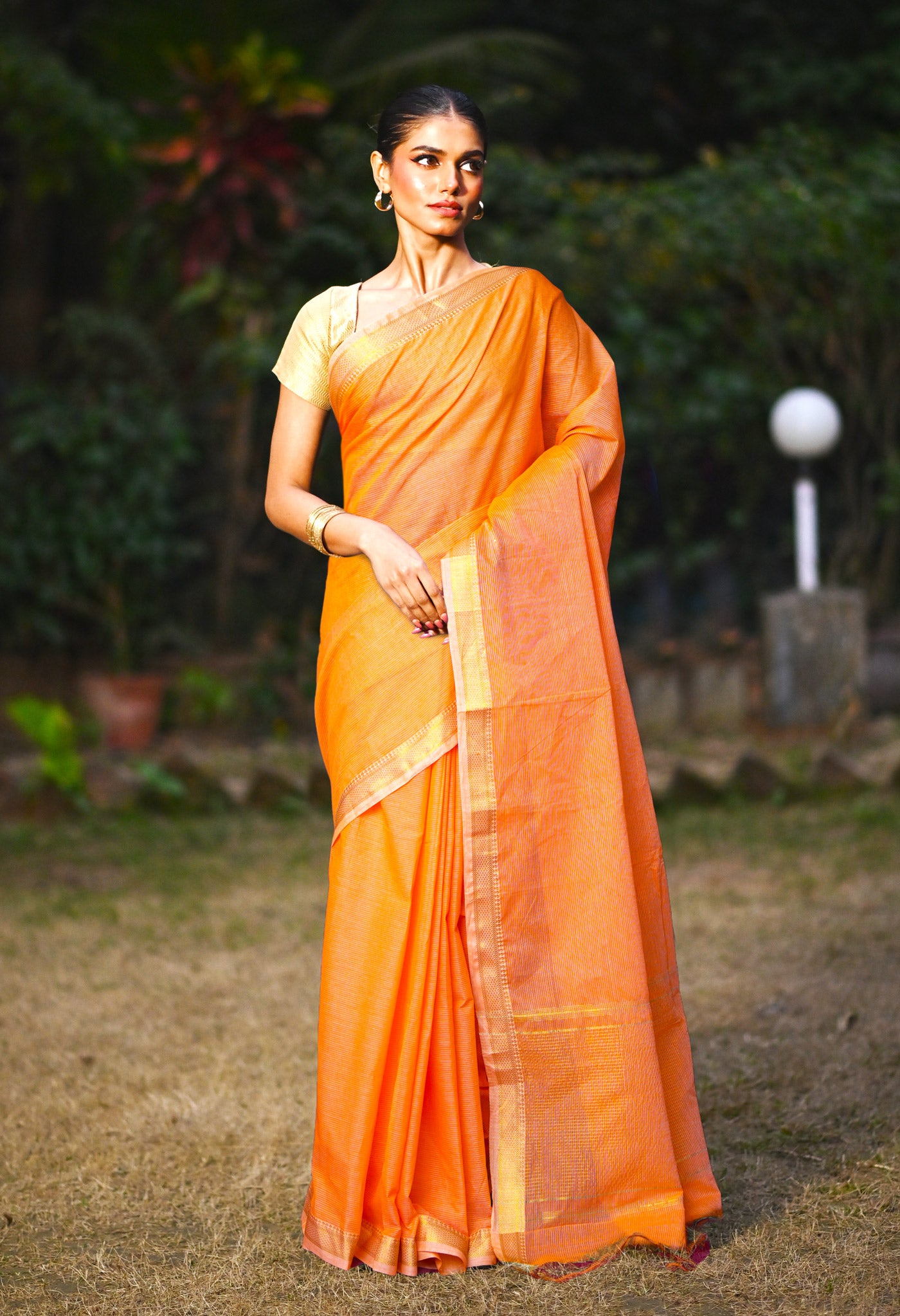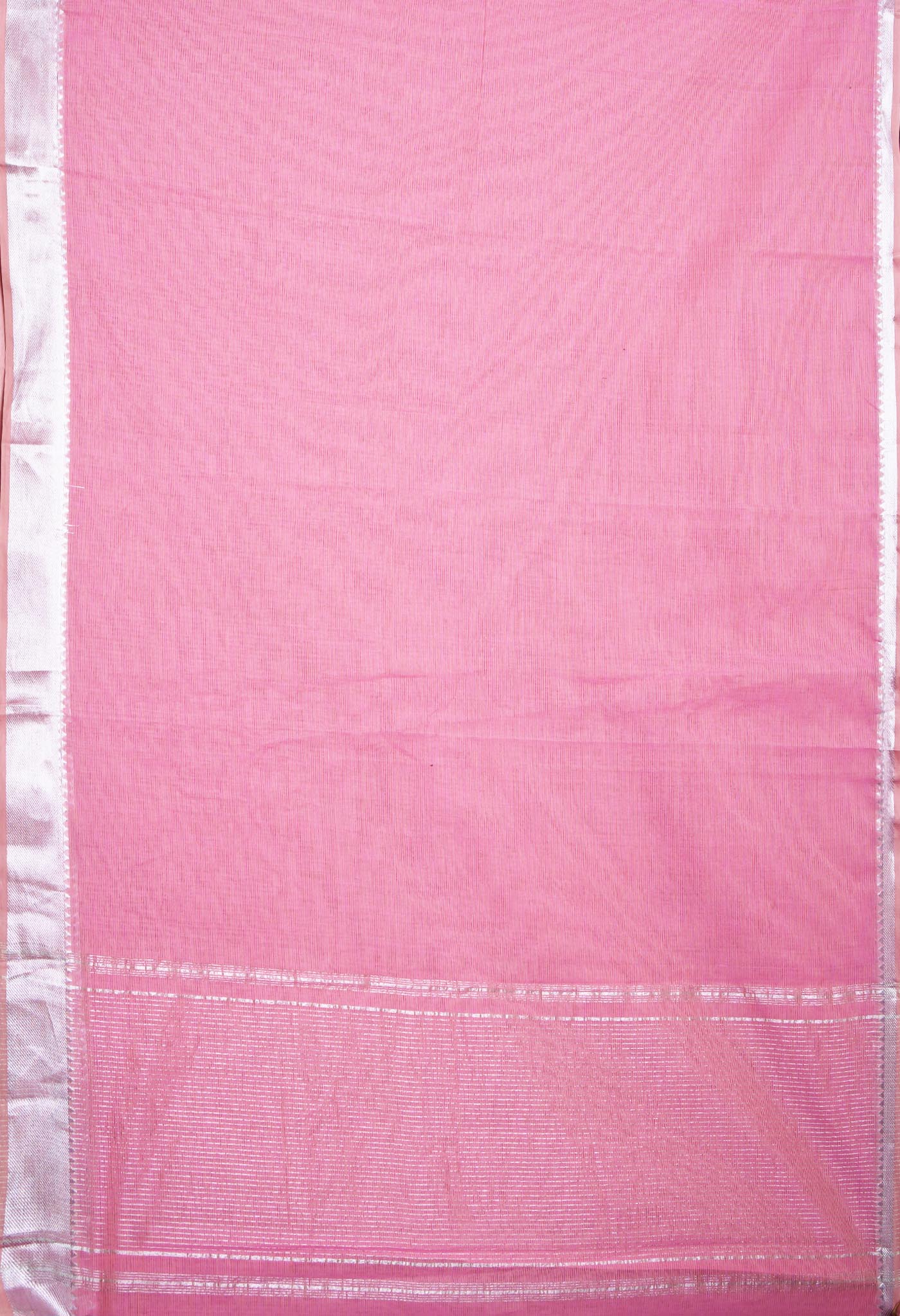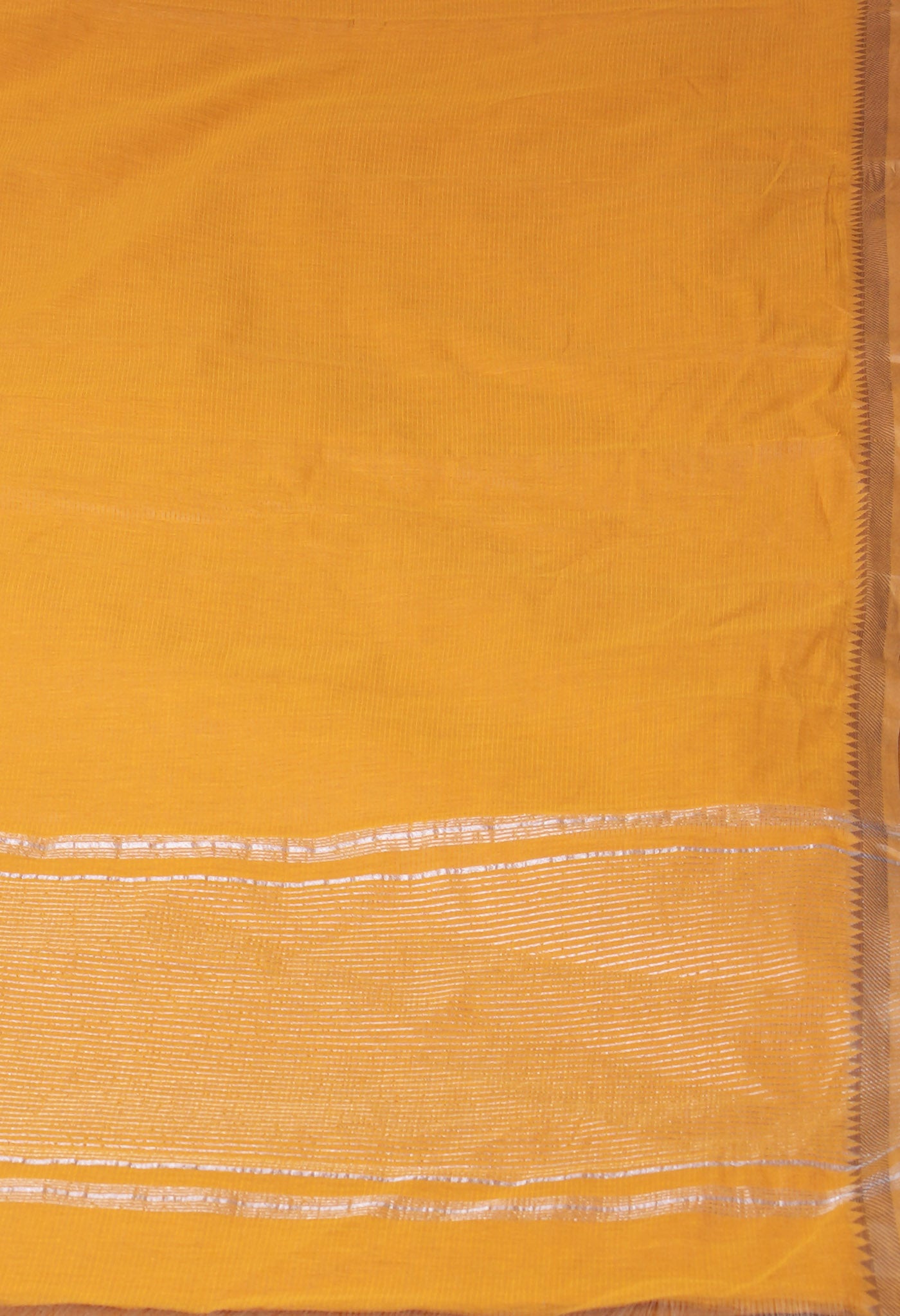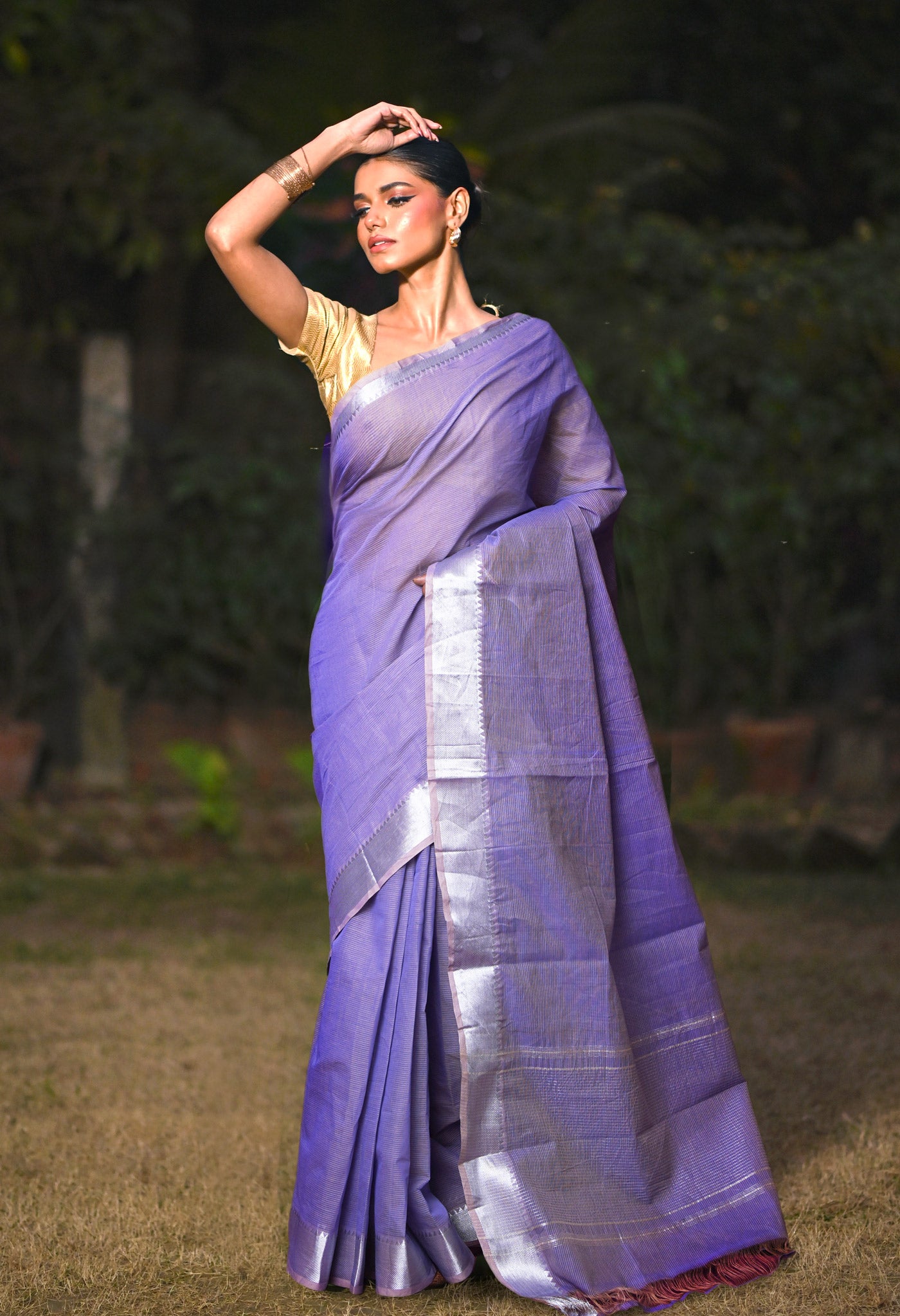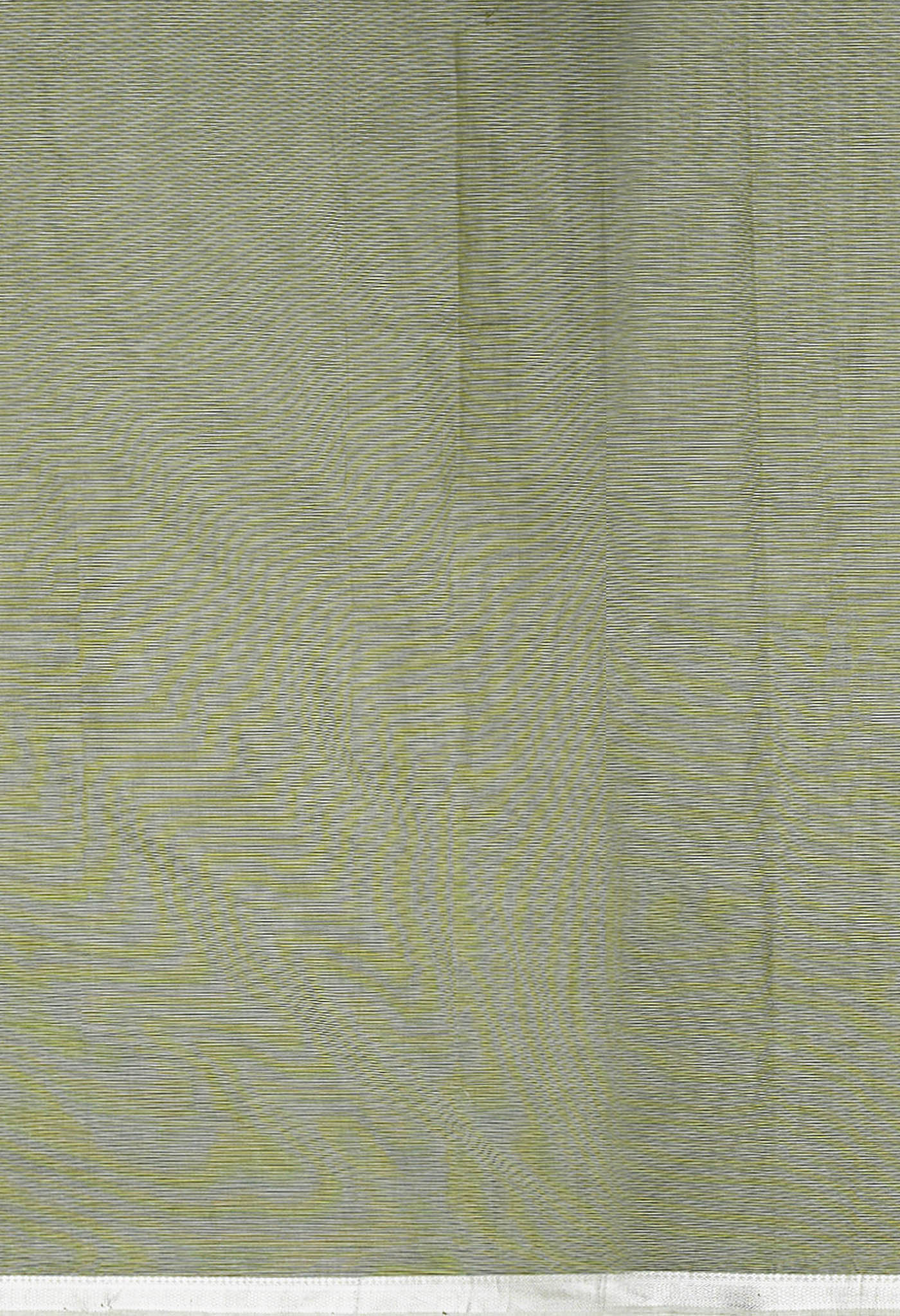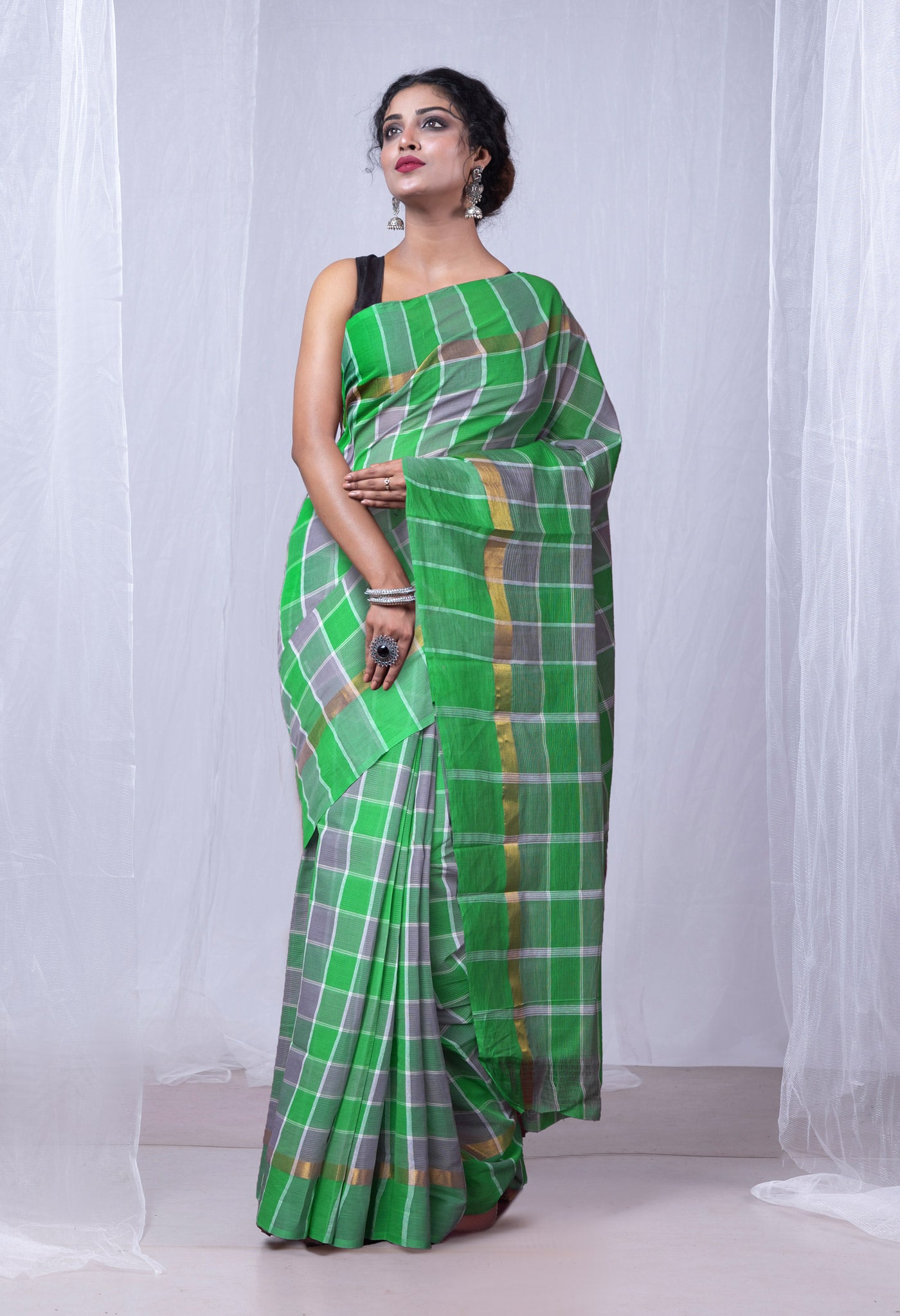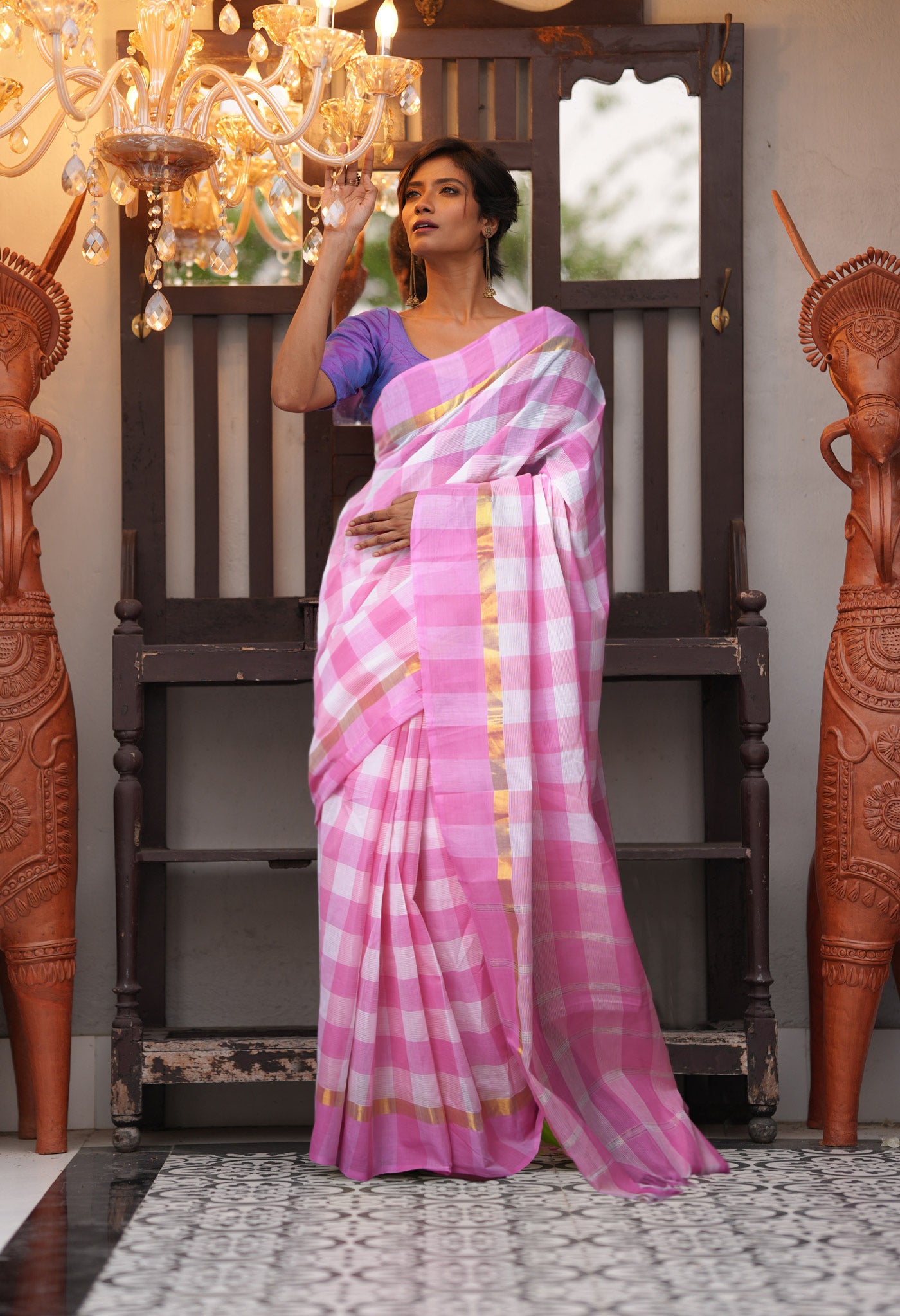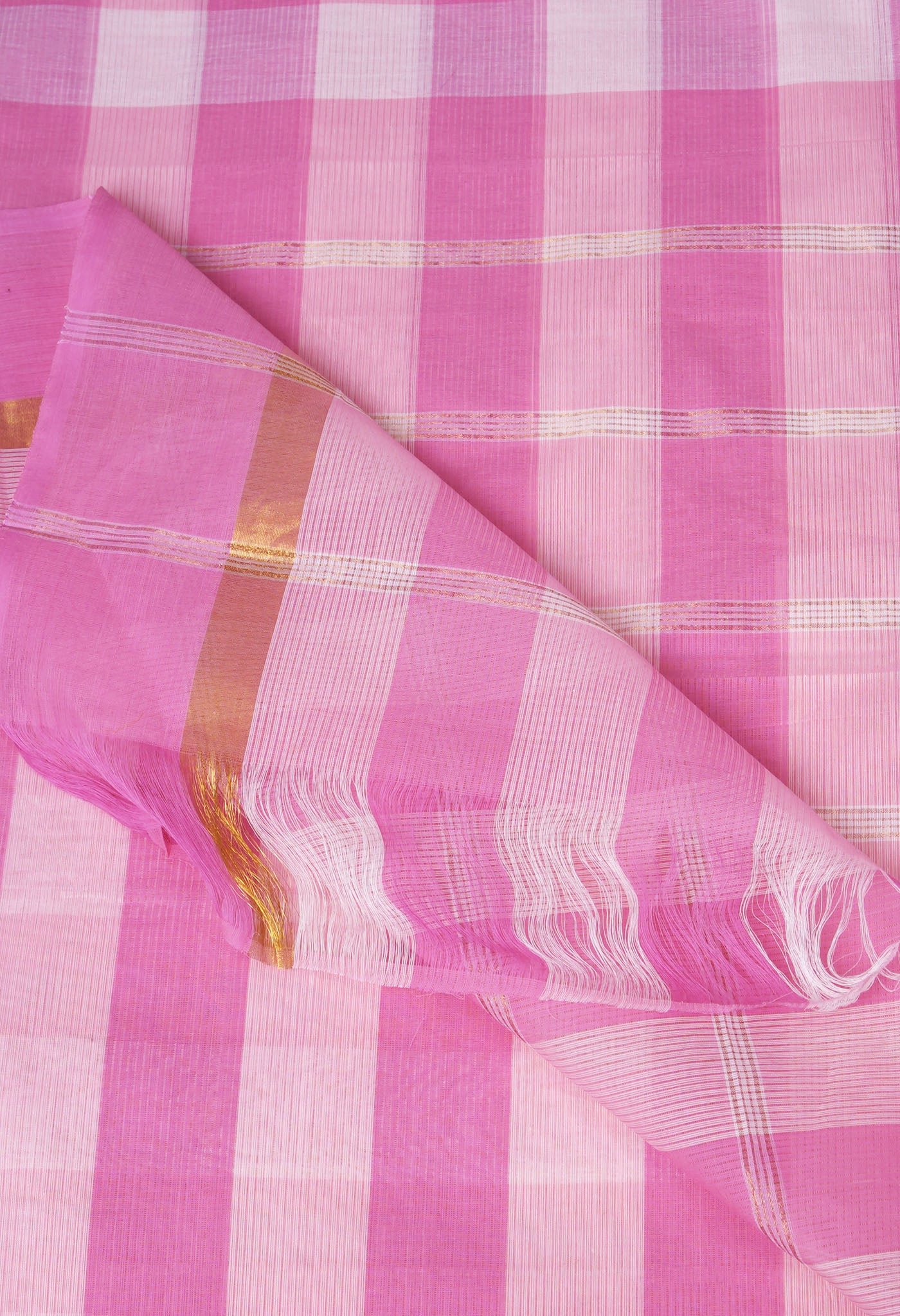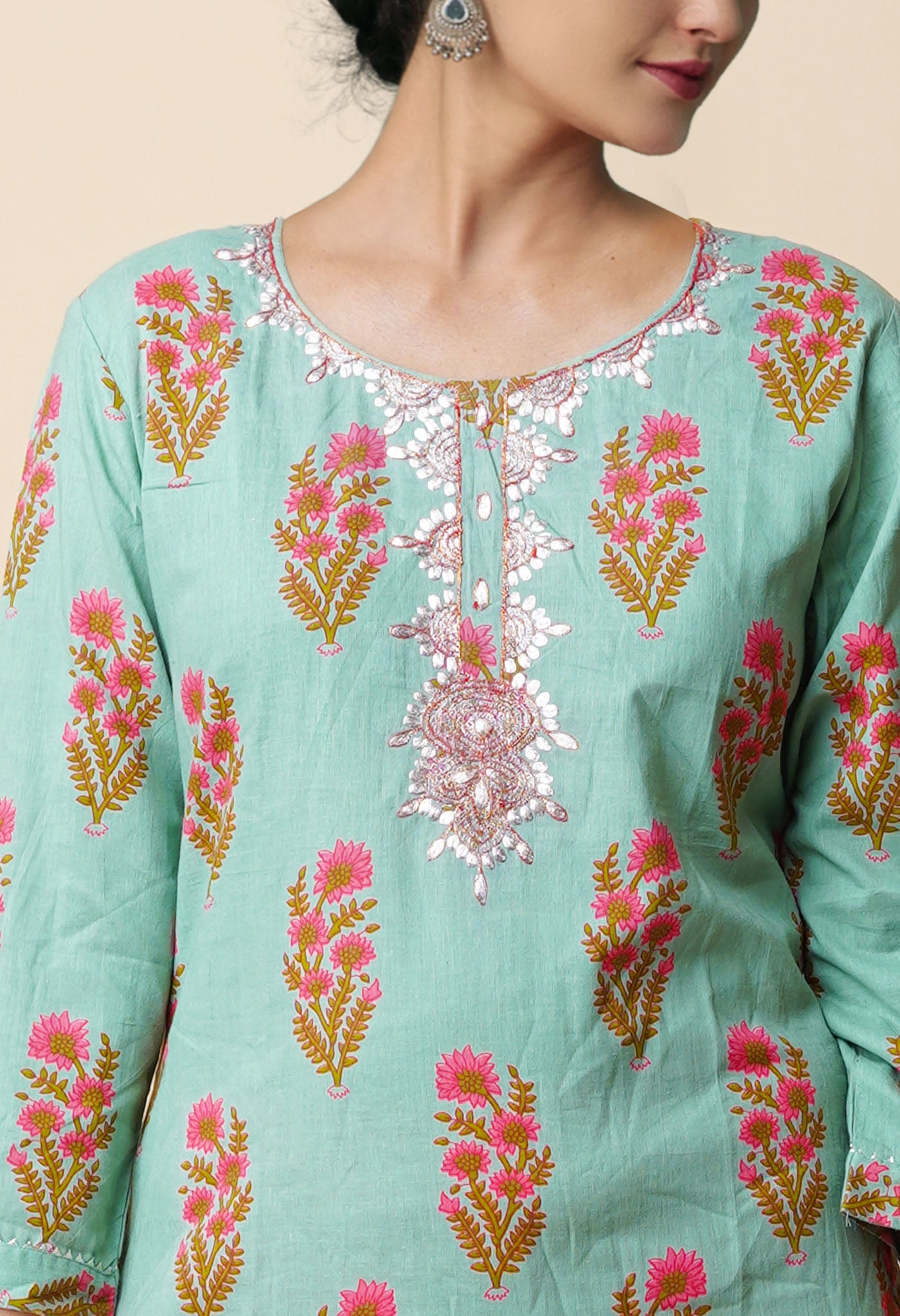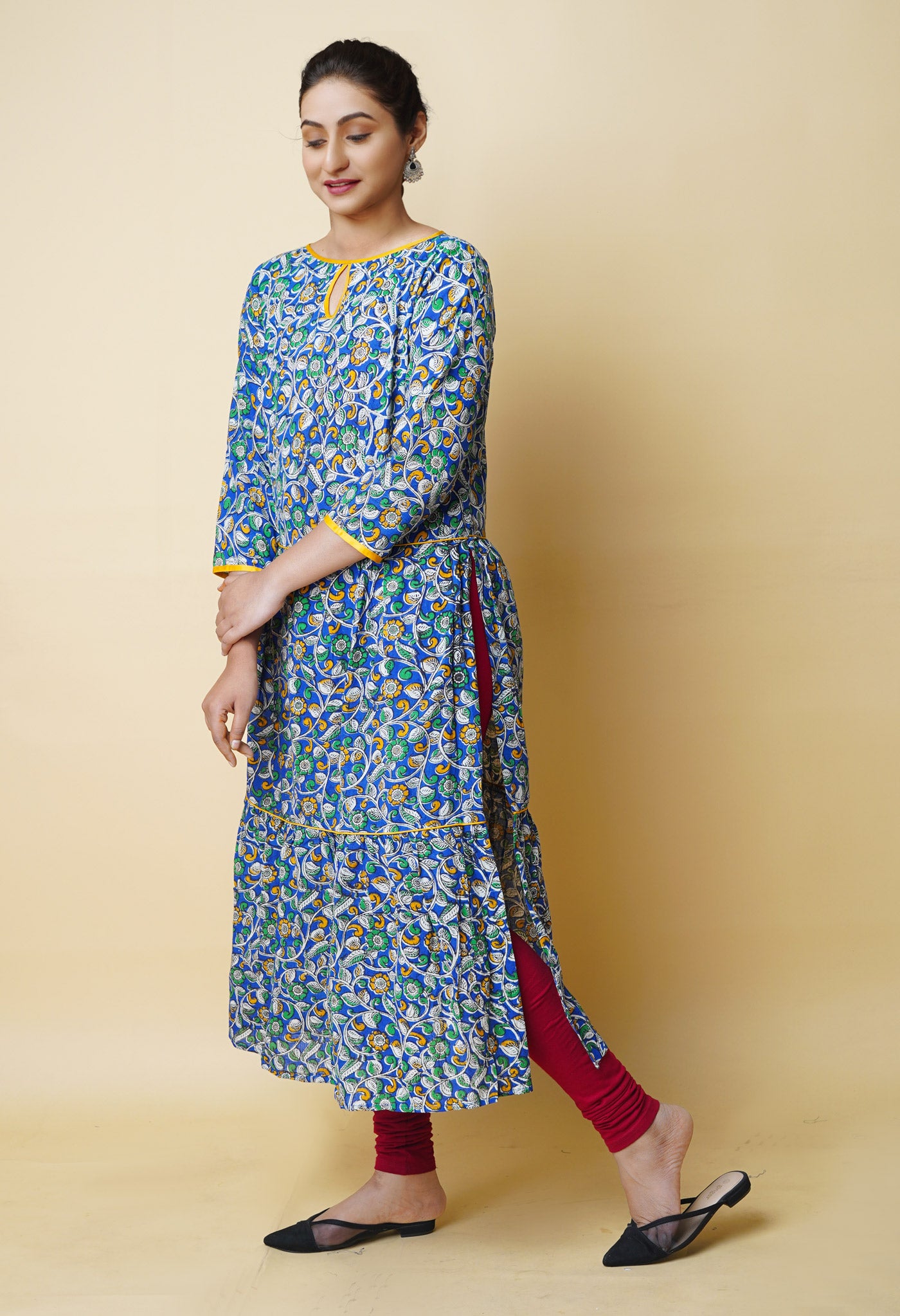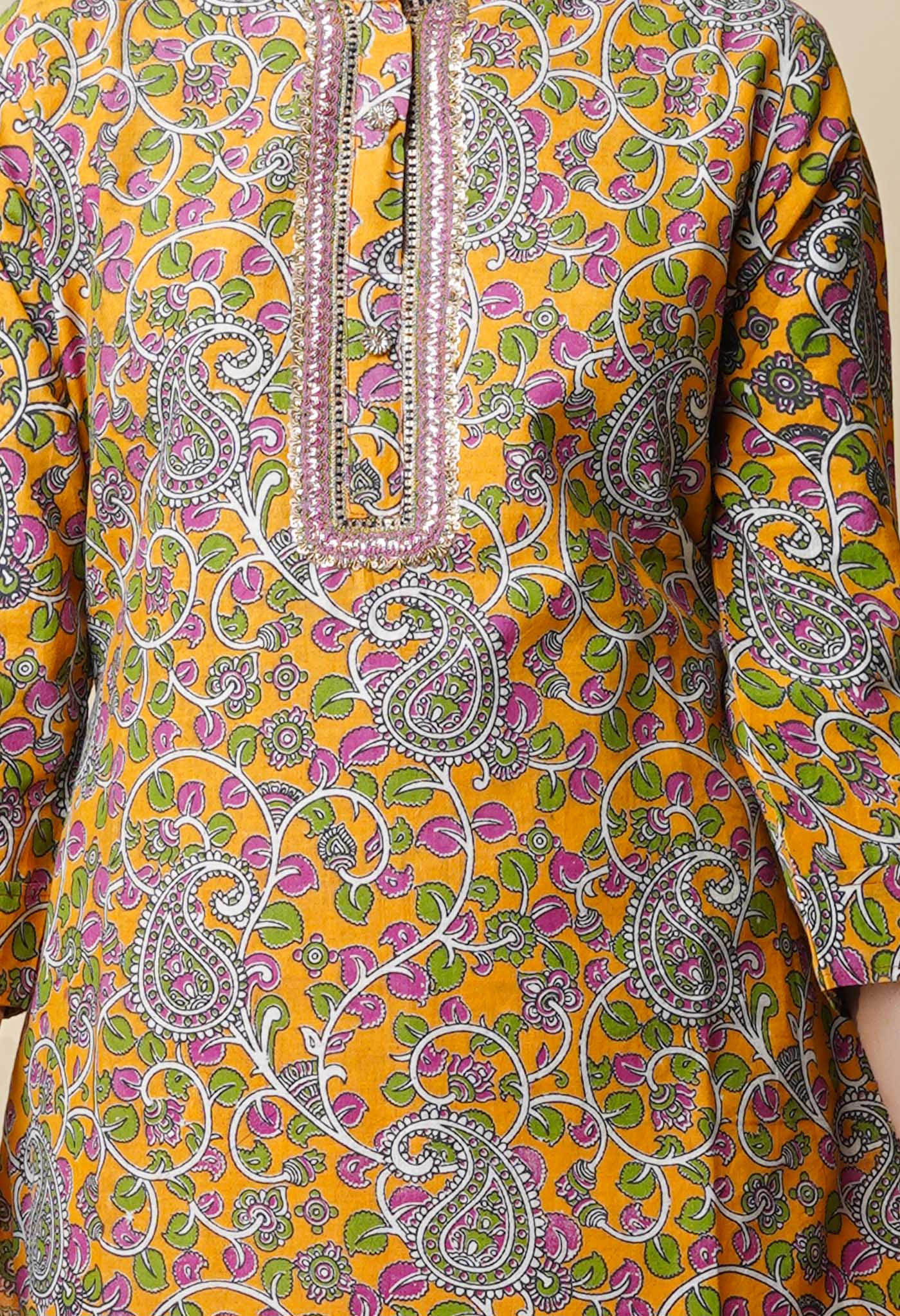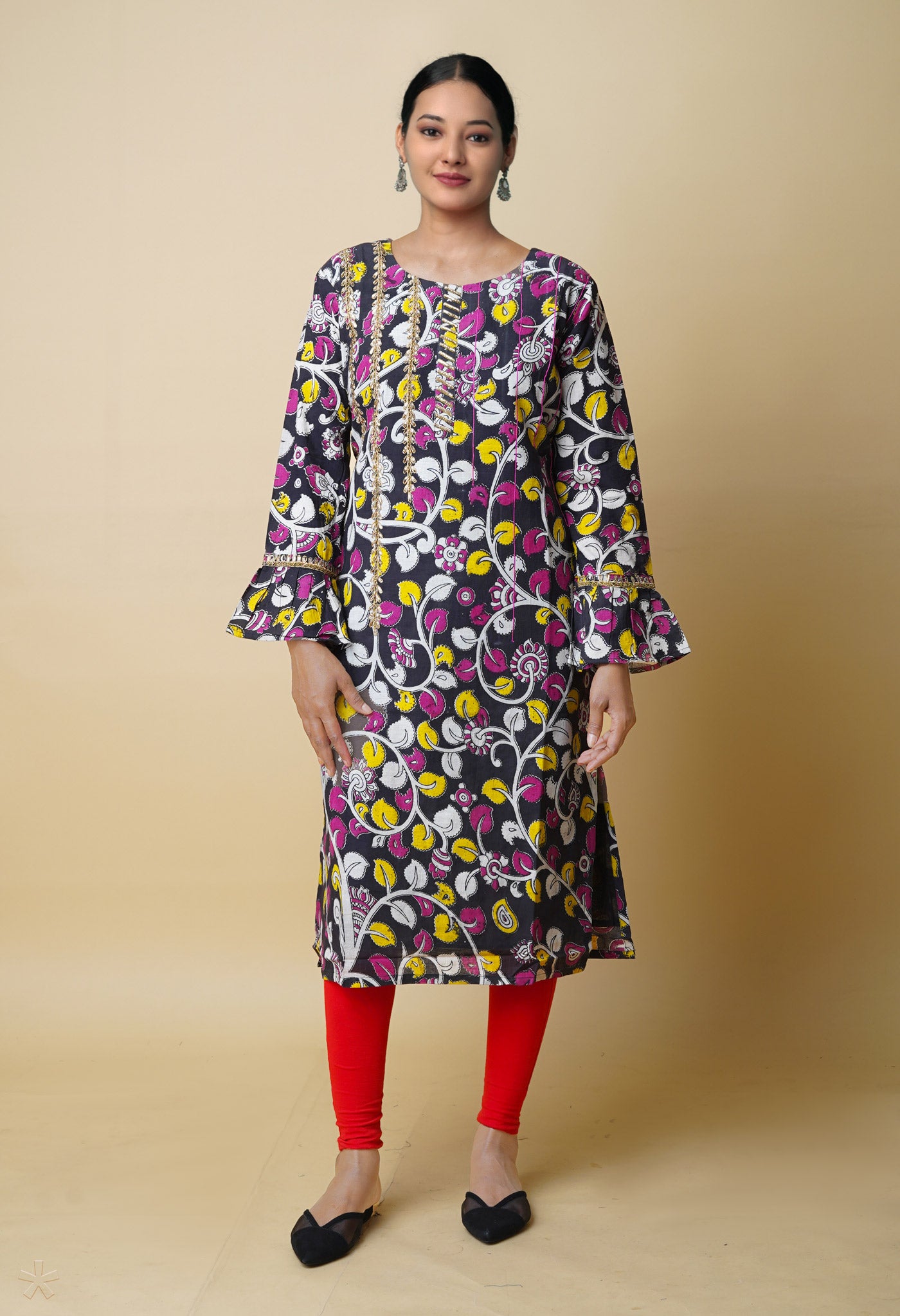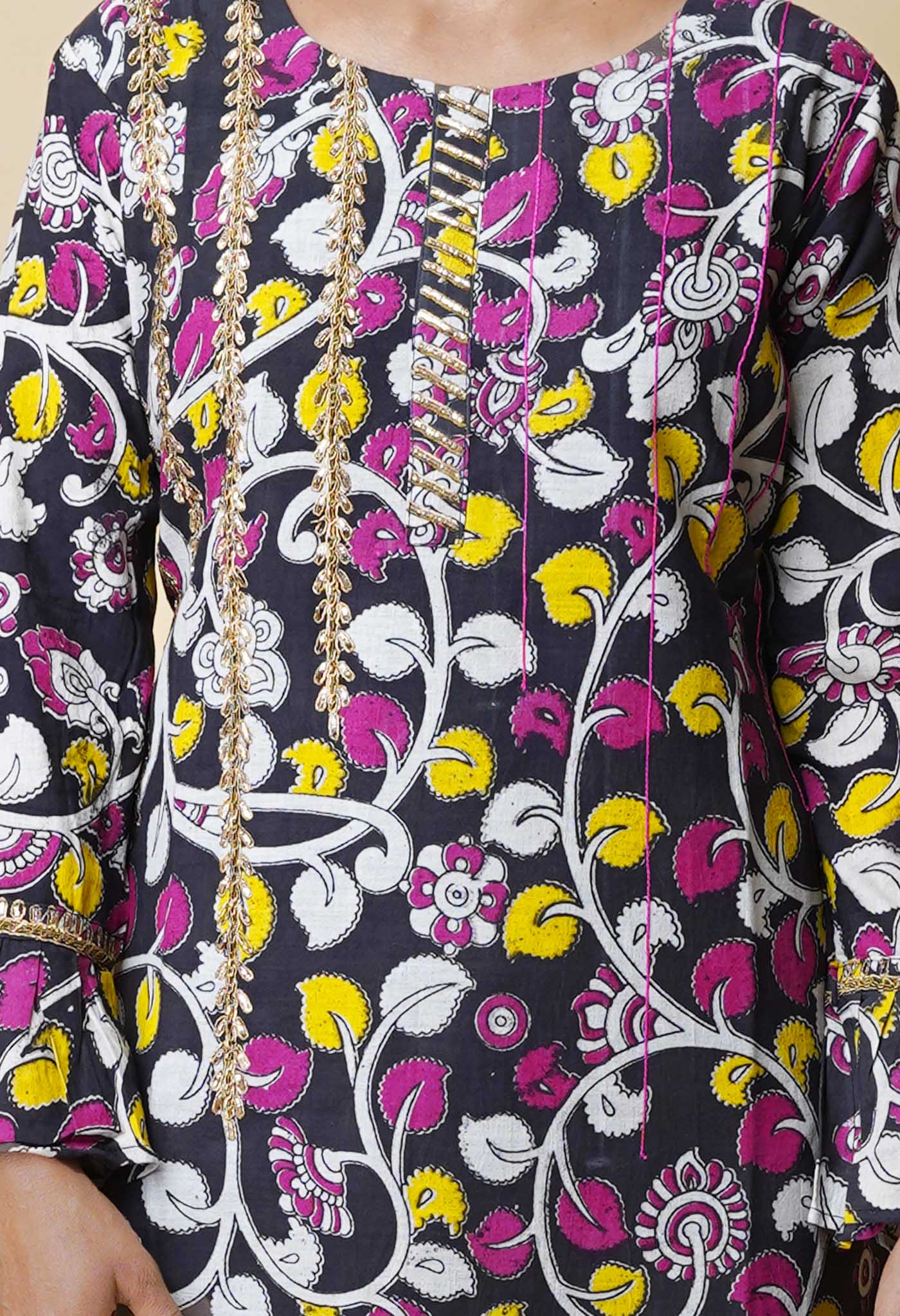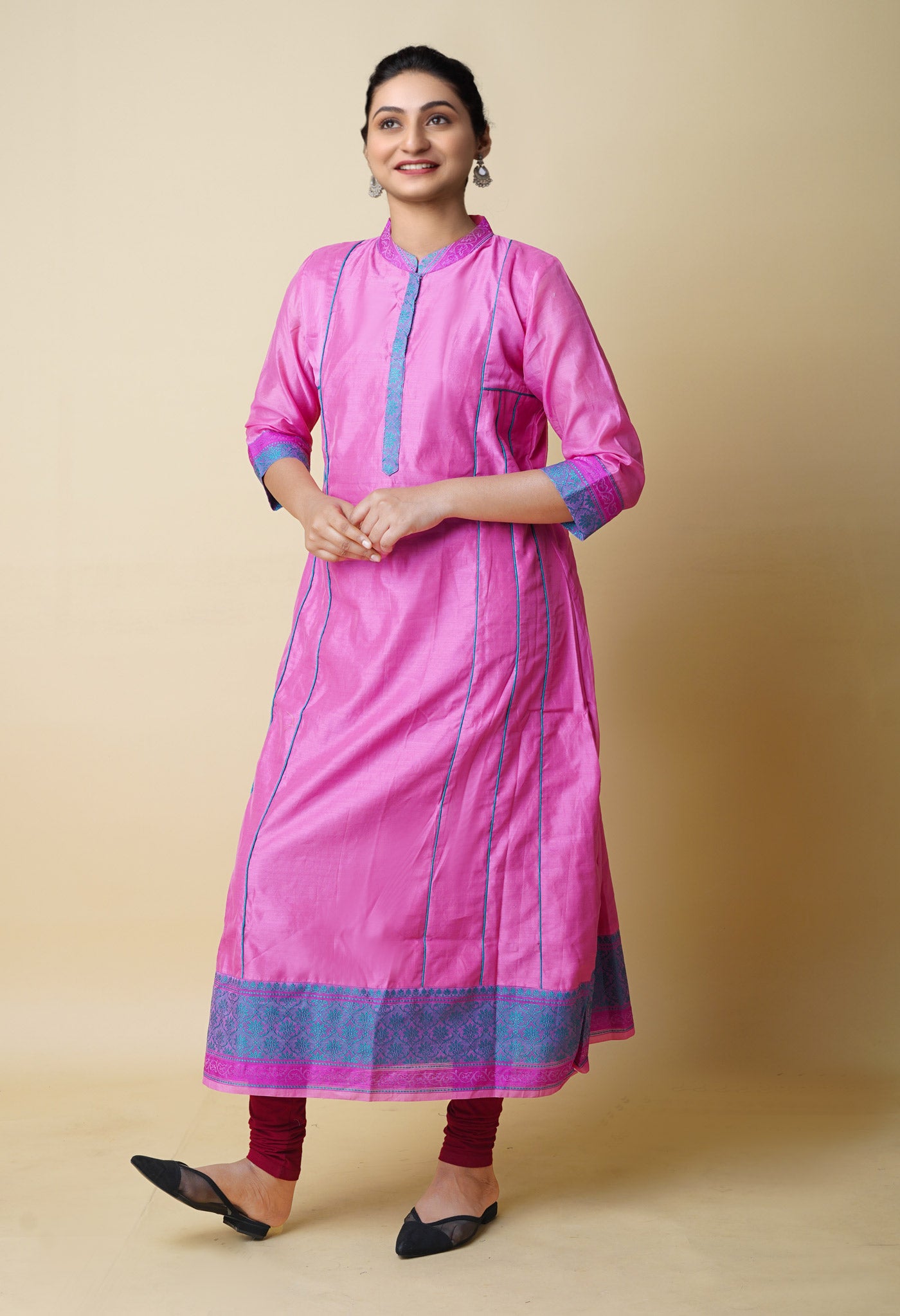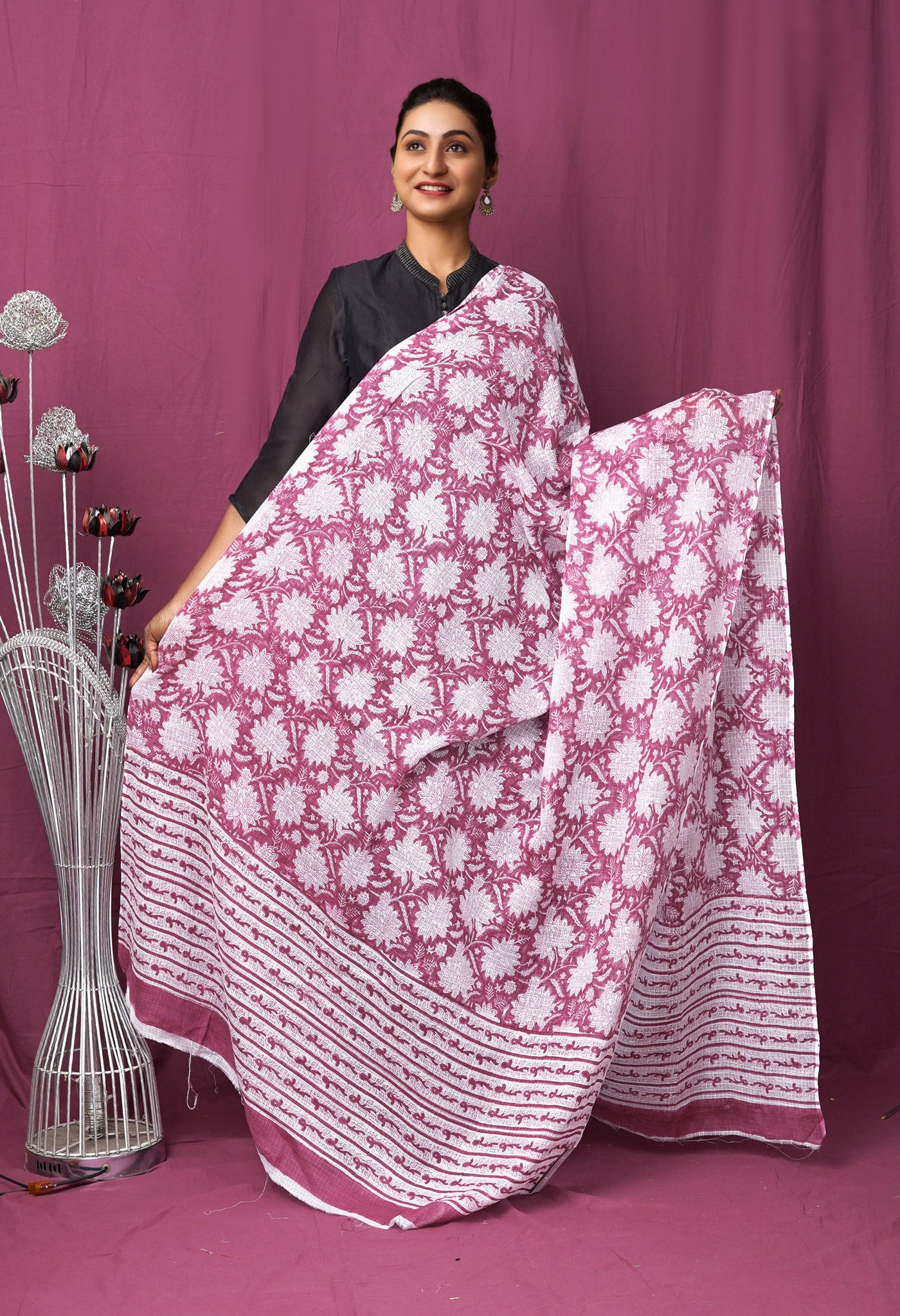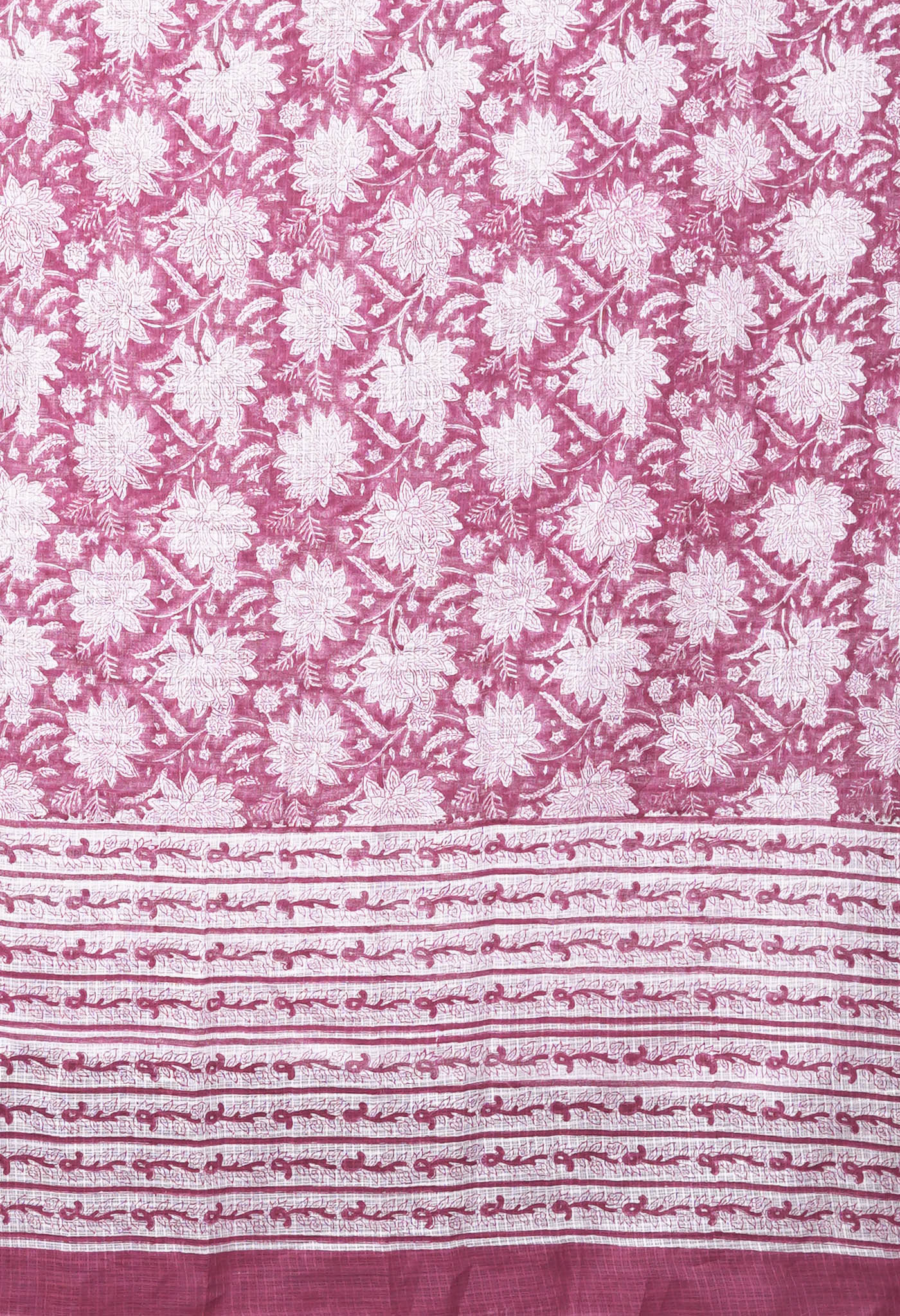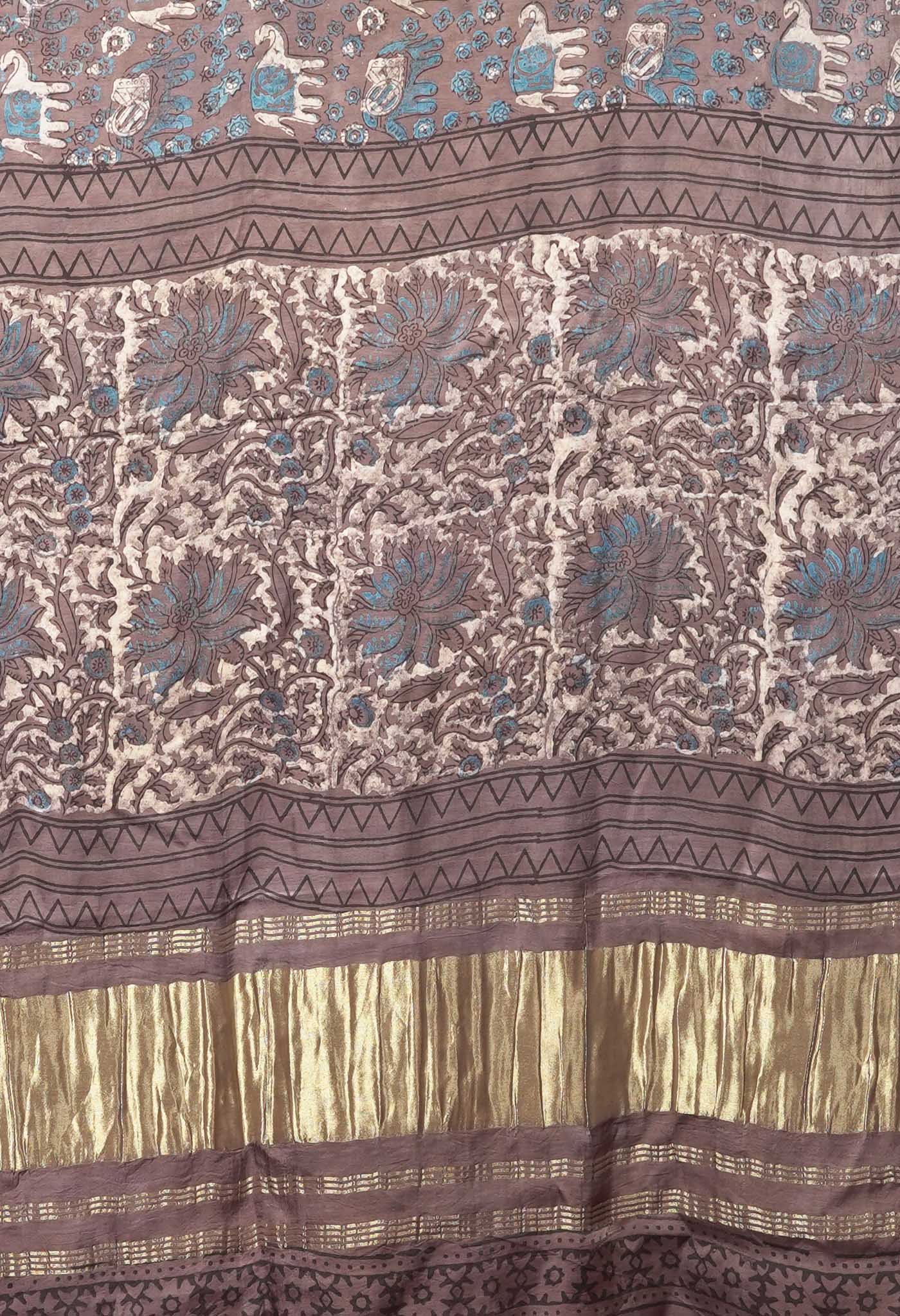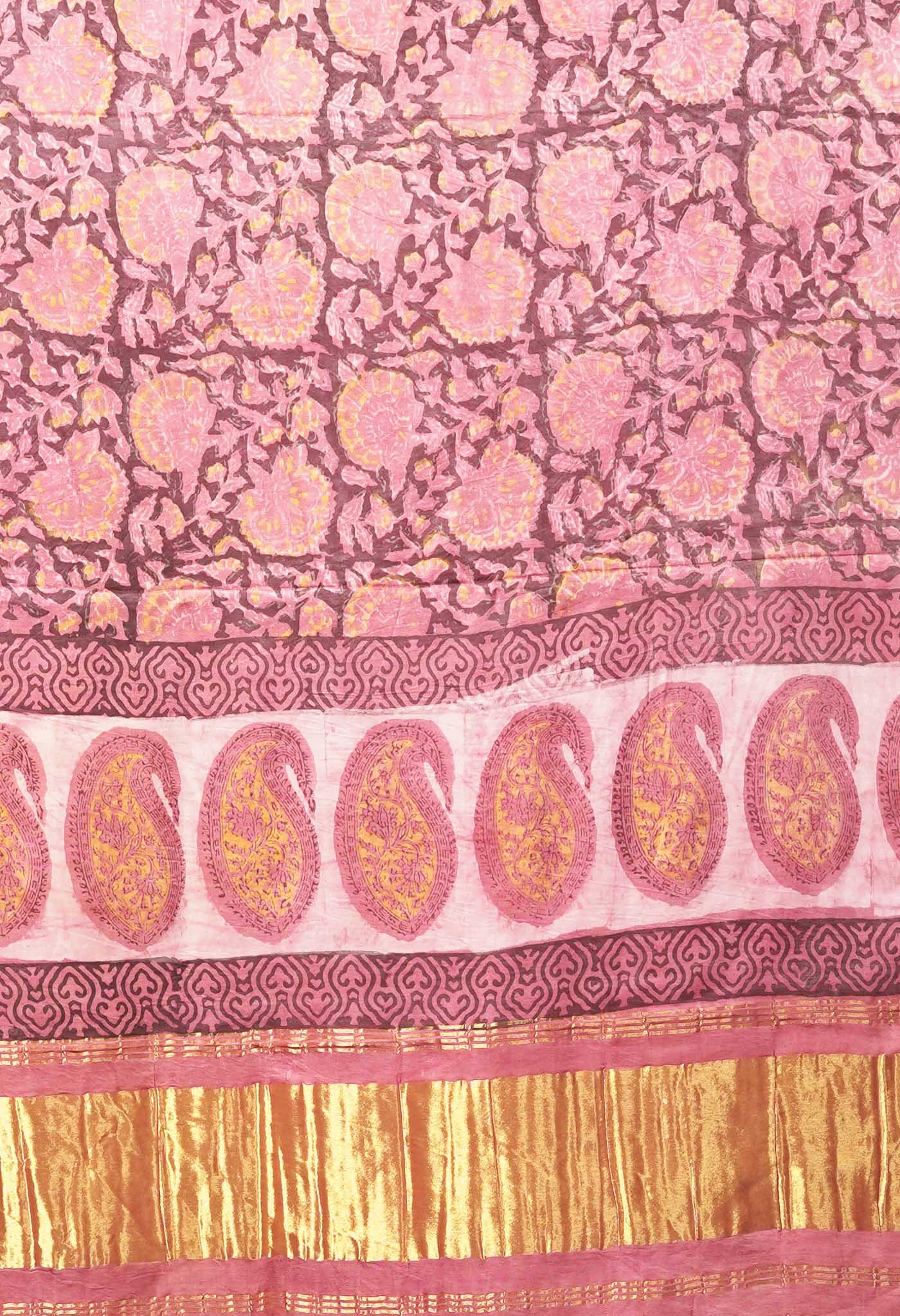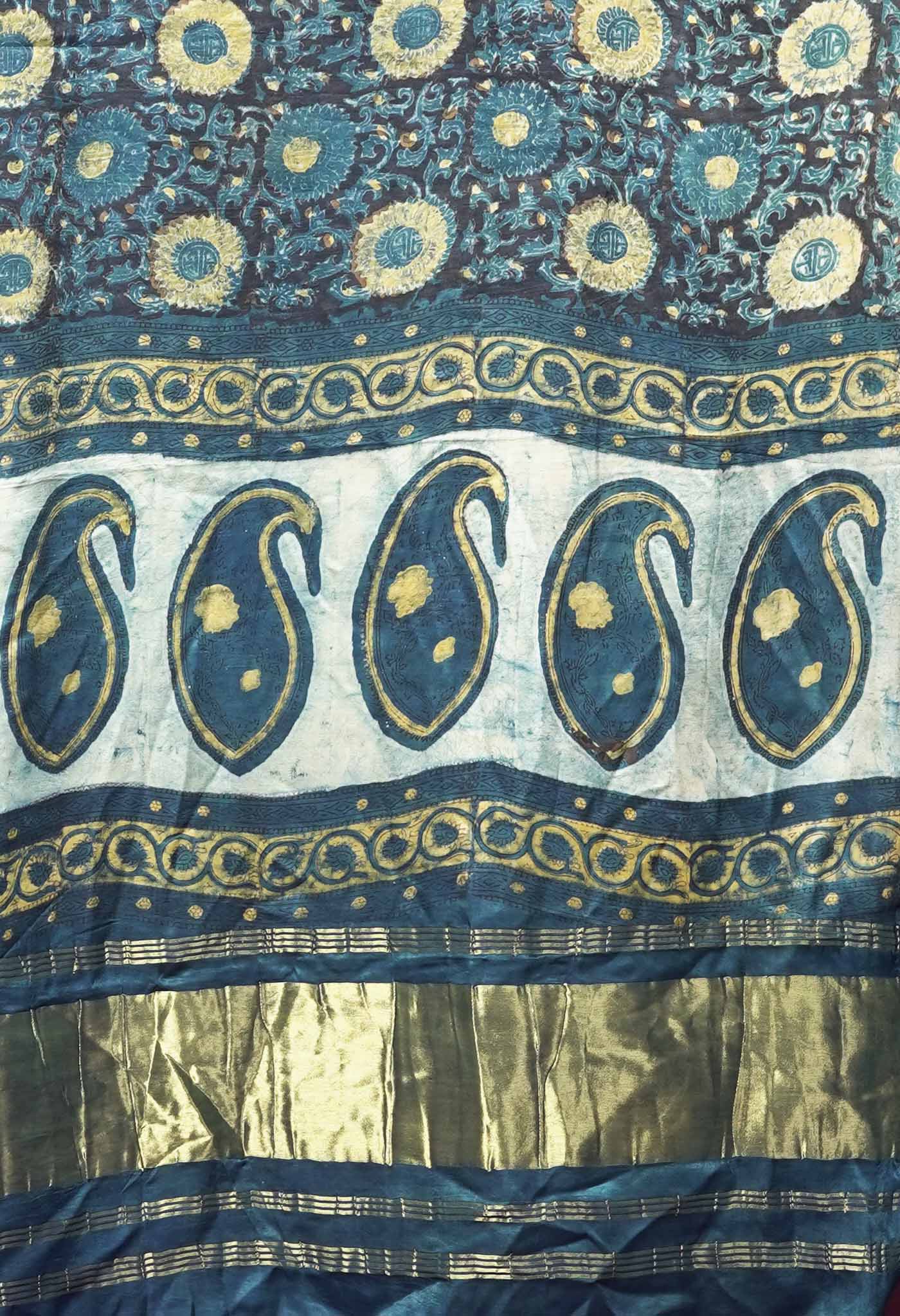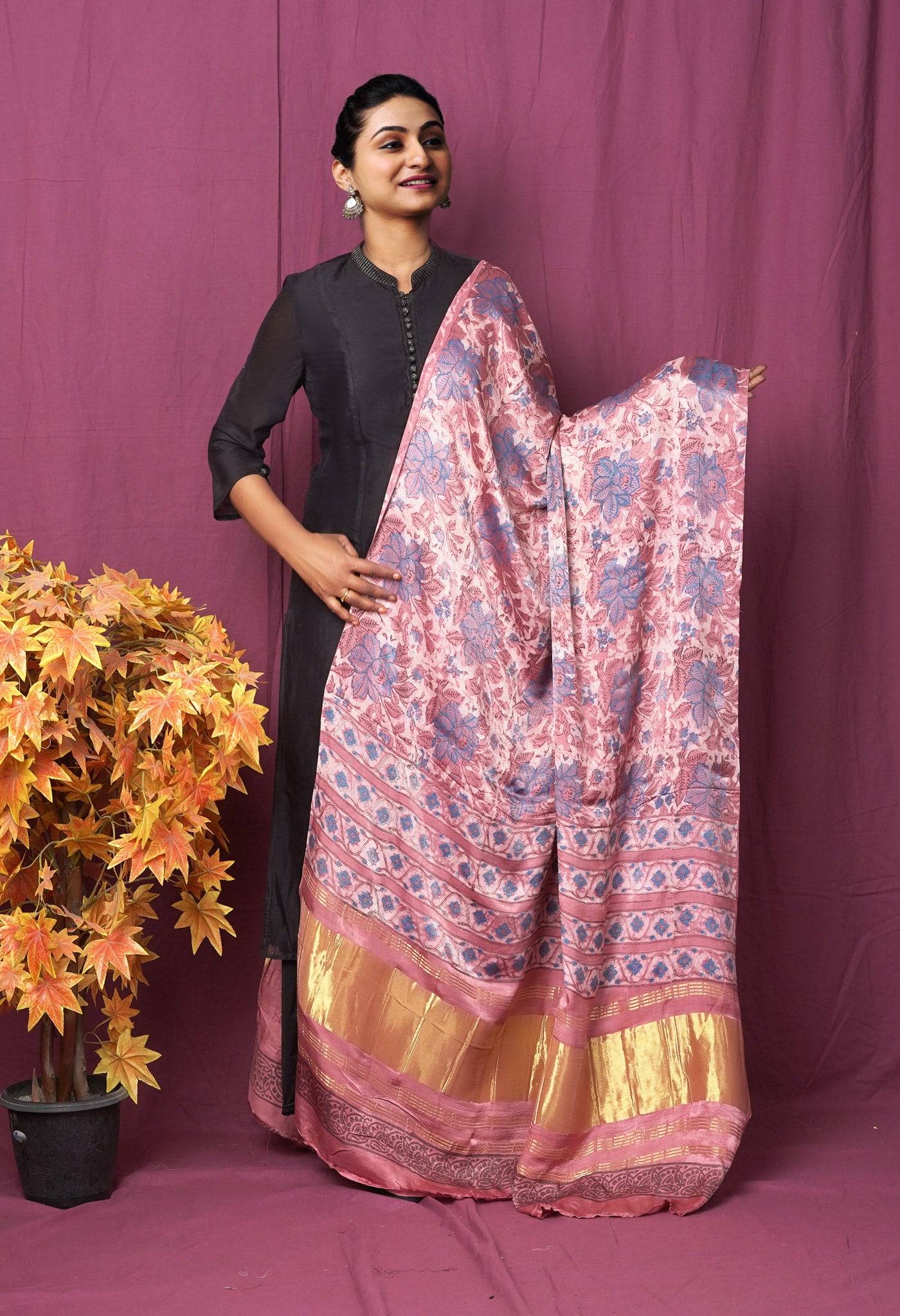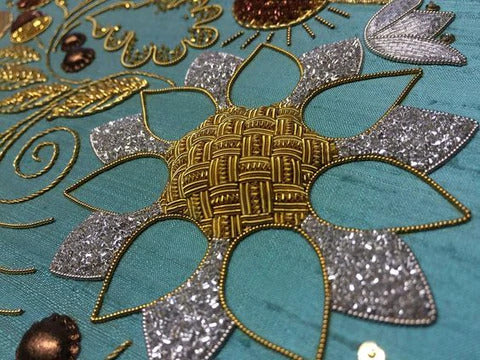
The care and maintenance of zari adorned fabrics
Most people know what zari looks and feels like. Few know the more important aspect of retaining the shine and luster in the years of use.

Zari or Jari is ornamental metal thread used for adorning fabrics. Particularly popular in the Indian subcontinent and Iran, its use received encouragement during the Mughal rule.
Zari types
Real Zari has thread made from gold or silver. Imitation zari uses gold or silver coated copper wire. Today mostly zari is made from metallic polyester film where a polyester core is covered by gold or silver coloured metallic yarn. Zari is mostly used to adorn fabrics.

Saree, salwar kameez, chuddidar, and such garments offer ample canvas for display of the fine and intricate patterns that are embroidered. It is light in weight, rich-looking, shiny, lustrous, and durable. Zardozi, Ari, Gota, Makaish, tilla, meena, kamdani, wasli are some of the popular types of embroidery that employ zari thread.
How is Zari used on a fabric?
Zari is used in motifs on the body, thread work on the borders, in exquisite embroidery on the pallu. You could also have plain zari like an expanse of shining material in portions, bands of certain width for adornment.
So in what way are the zari threads affected?
The new fabric that has zari work done on it would have the thread in shine and luster. With wash after wash and in the use of detergents, the zari gets affected and starts seeming lifeless with the loss of luster.
Sometimes it could be the low quality of thread that could make the shine fade fast. But most times it could be lack of taking steps on our part.
Here are tips that could make a difference to your zari embroidered fabrics.
[penci_button link="https://www.unnatisilks.com/catalogsearch/result/?q=Zari" icon="fa fa-address-book" icon_position="right" radius="2px" align="center" size="small" text_color="#fff" background="#600028" text_hover_color="#fff" hover_bgcolor="#a73e00" target="_blank"]Shop Now[/penci_button]
- Dry cleaning is recommended for the first few times at least
- While it may seem an expense that could be done without, actually that dip into your pocket extends the life of the zari threads considerably.
- It is suggested that to the extent possible one should ever prefer dry cleaning for fabrics that have considerable zari work done on them, in the form of motifs on the body, designs on the borders and pallu.
- After the first few times of dry cleaning it could be hand washed at home
- Dry cleaning could prove costly if one had time and again to resort to it. A feasible alternative would be to carefully hand wash at home.
- The washing machine would simply be unwise to use considering that the threads stand risk of unraveling or being sharply pulled out. Either way damage could progress to become extensive or even irrepairable.
So what should one do to clean the zari?
- Hand wash in cold water is preferred.
- Hand wash would involve the following steps
- Each zari decorated fabric should be washed separately. Otherwise two fabrics within the same bucket or tub could get enmeshed in the zari portion.
- Brushing with a hand brush would simply not do, especially on the zari portions.
- The zari area could be gently rubbed with a soft cloth or even by hand to get rid of any dirt that could have clung there.
Some Precautions
- Zari should be washed with cold water only. Hot water could discolor the zari threads and make the shine uneven.
- The normal detergent could affect the zari by chemical discoloration. Hence a baby shampoo or a neutral pH soap is advised.
- Rinsing should be thorough and under running water, leaving no traces of soap remaining.
- Even in cold water the fabric should not be rinsed for more than ten minutes. If the water contain salts in heavy proportion, they would affect the zari.
- To remove the extra sizing from the fabric one could use a pinch of salt in the water before soaking for 15 minutes and washing.
- If you notice stains, do not make use of bleach or stain removers. Instead give the fabric to a professional dry cleaner.
- Wringing after washing also affects the zari threads. In fact they could be damaged.
- Drying in direct sunlight would cause fading and damage to the threads as well because of the heat. A well-ventilated area not under direct sunlight but slightly warm and little wind is preferred.
- Direct heat from an iron is taboo for the zari adorned fabric. A pressing cloth like muslin or mulmul cotton over the zari portion would flatten it evenly.
How does one clean old zari sarees at home?
Make a dilute solution of distilled vinegar and lukewarm water in the ratio of 1 tbsp of vinegar to a litre of water. Soak the saree thoroughly in the vinegar solution for about four or five minutes. Then remove and rinse thoroughly in cold running water.
Storage of zari embroidered fabrics
[penci_button link="https://www.unnatisilks.com/sarees-online/embroidery_work_design_sarees.html" icon="fa fa-address-book" icon_position="right" radius="2px" align="center" size="small" text_color="#fff" background="#600028" text_hover_color="#fff" hover_bgcolor="#a73e00" target="_blank"]Shop Now[/penci_button]
- Storing of zari embroidery fabrics could be done in separate cotton bags. Checking to see its condition could be done every two months when the fabric could be folded in the opposite manner as the previous. This prevents permanent or deep folds from forming that could damage the zari.
- Checking every two or three months to be aired would also prevent fungal attacks if any.
- To prevent zari work from turning black silica gel that absorbs even the slightest bit of moisture could be placed in a corner close to where the clothes are stored. Ajwain stored in a pouch in the corner could help is said.
- Slight tarnish if noticed could easily be restored by professionals.
- A small net could be sewn at the back of zari worked sarees so that the zari does not get tangled and torn.
- Zari sarees contain weaves of silver and gold that could lose shine fast due to atmospheric reaction. To prevent that two things could be done. Wrap each saree individually in a muslin or soft cotton bag. The saree be folded that the zari portion be within the folds. This helps to a large extent to preserve the shine of the zari.
- Moth repellents prevent any sort of fungal attacks and preserve other fabrics, not zari. Even direct spray perfume on the zari portions could damage the zari.
- Always maintain the washed and unwashed zari sarees separately. Never wrap the used sarees immediately after change, spread them for a few hours so that the sweat dries and then hang them in hangers for further use.
- Never wrap the heavy zari blouse with the sarees, always keep them separately on hangers. Every once in a week you can hang dry them in sun to keep clean for long.
- Want to shine the zari in your silk saree quickly? Wipe it with a clean damp cloth. Even an old saree will look brilliantly new.
Zari embroidery is a good adornment that adds luster and elegance to the saree and other similar fabrics. It takes little to monitor its condition but it does a lot to improve the life of the zari embroidered fabric. So simply chalk up the Dos and Don’ts and follow them rigorously.Enjoy your fabrics like you had bought them yesterday.





